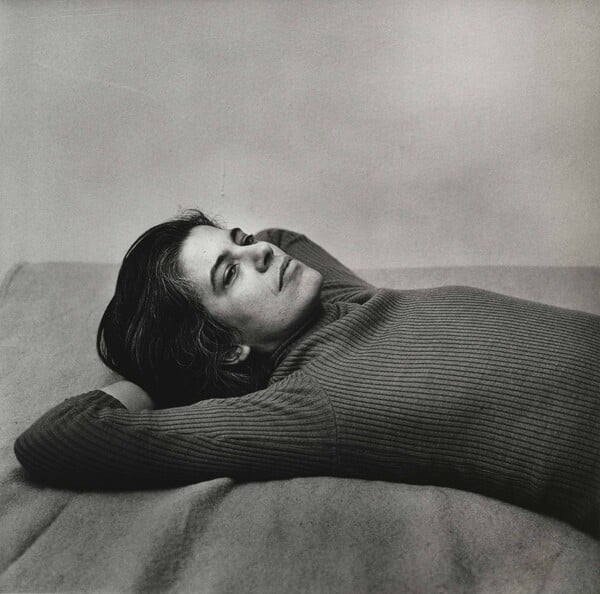
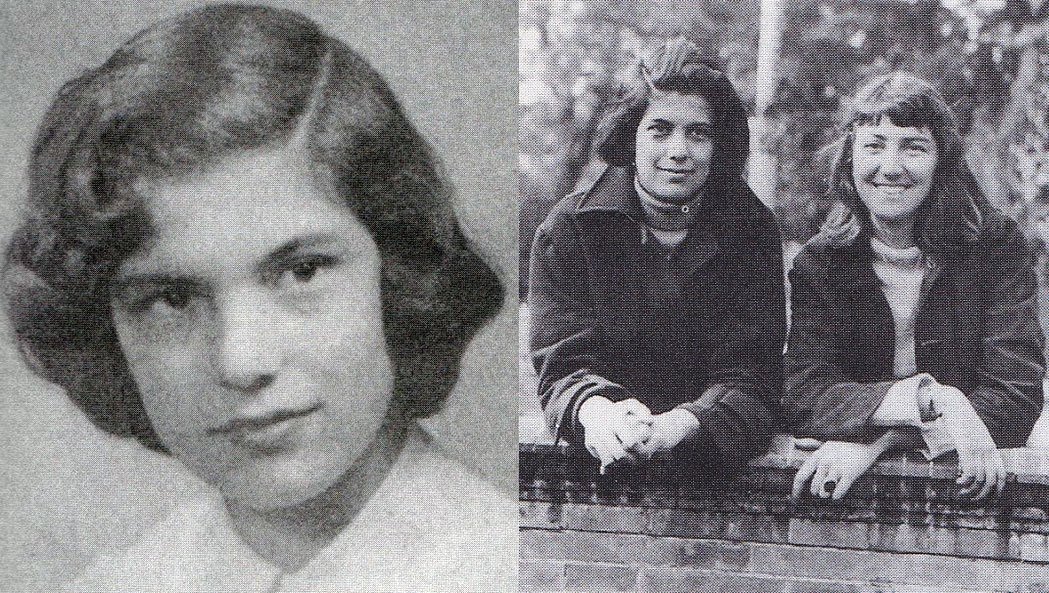
Susan Sontag, Harriet Rohmer (μετέπειτα υπεύθυνη των εκδόσεων Children's Book Press στο San Francisco).
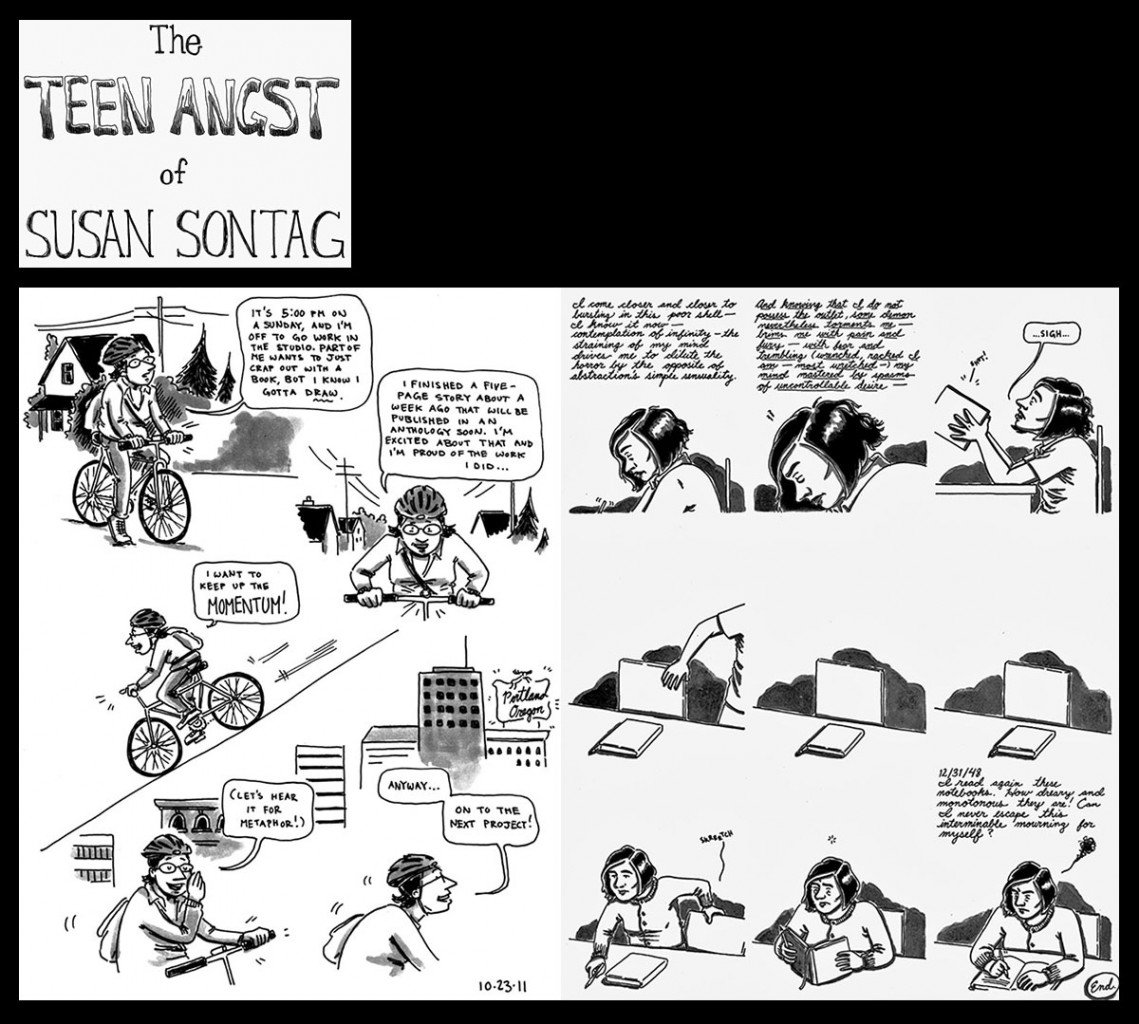
Lisa Rosalie Eisenberg, The teen angst of Susan Sontag. Κόμικ εμπνευσμένο από το βιβλίο Journals and Notebooks, 1947-1963 της Susan Sontag.
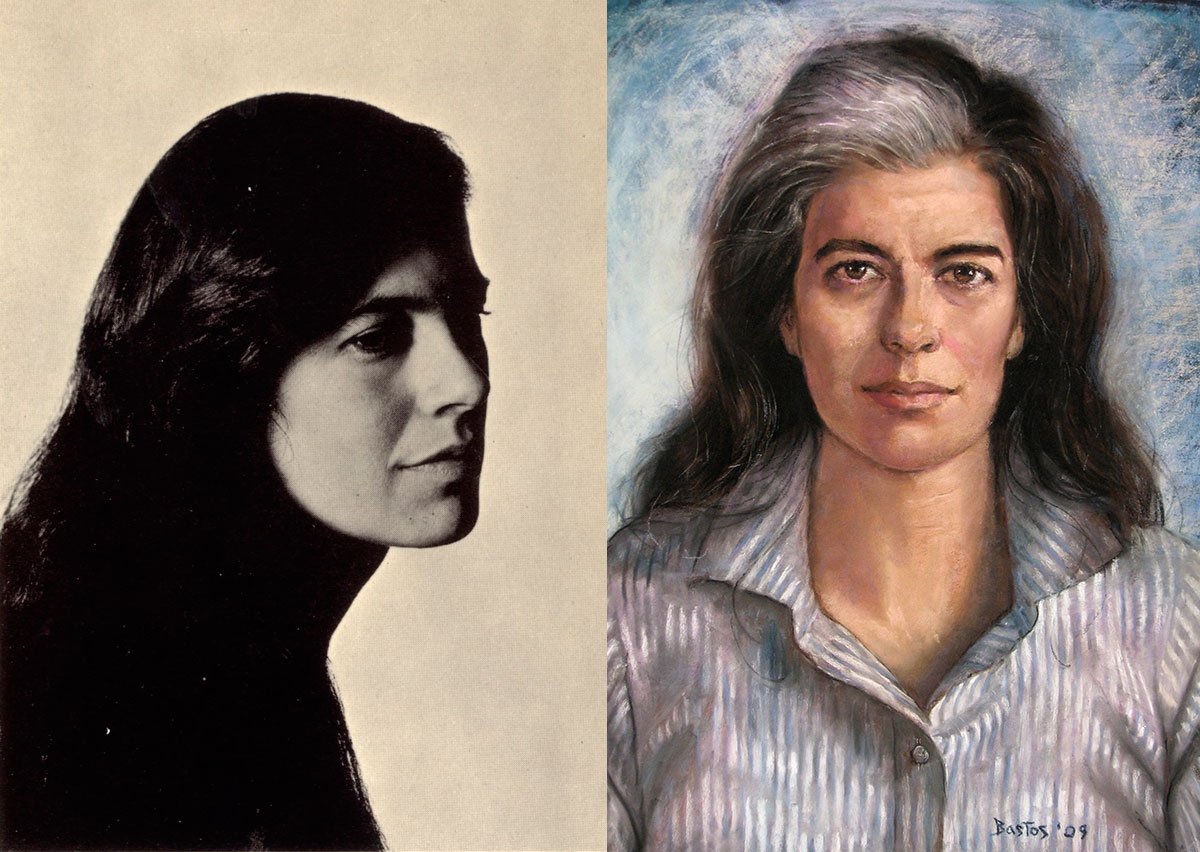
Δεξιά, προσωπογραφία της Susan Sontag από τον Juan Bastos.
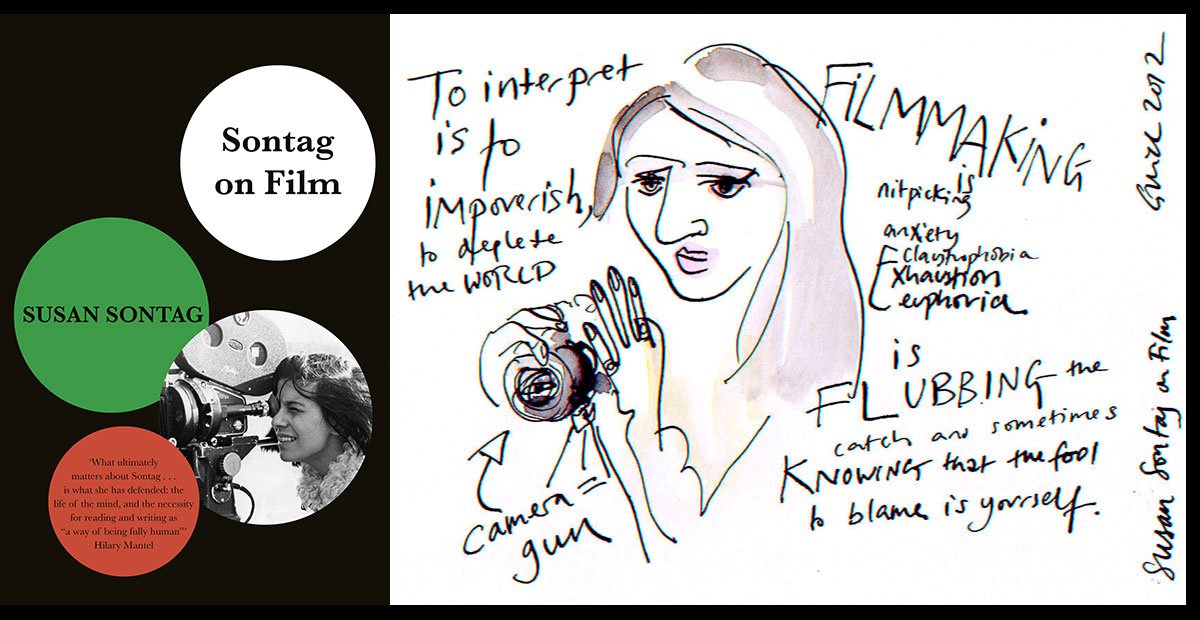
Susan Sontag on film από την Lisa Gornick.
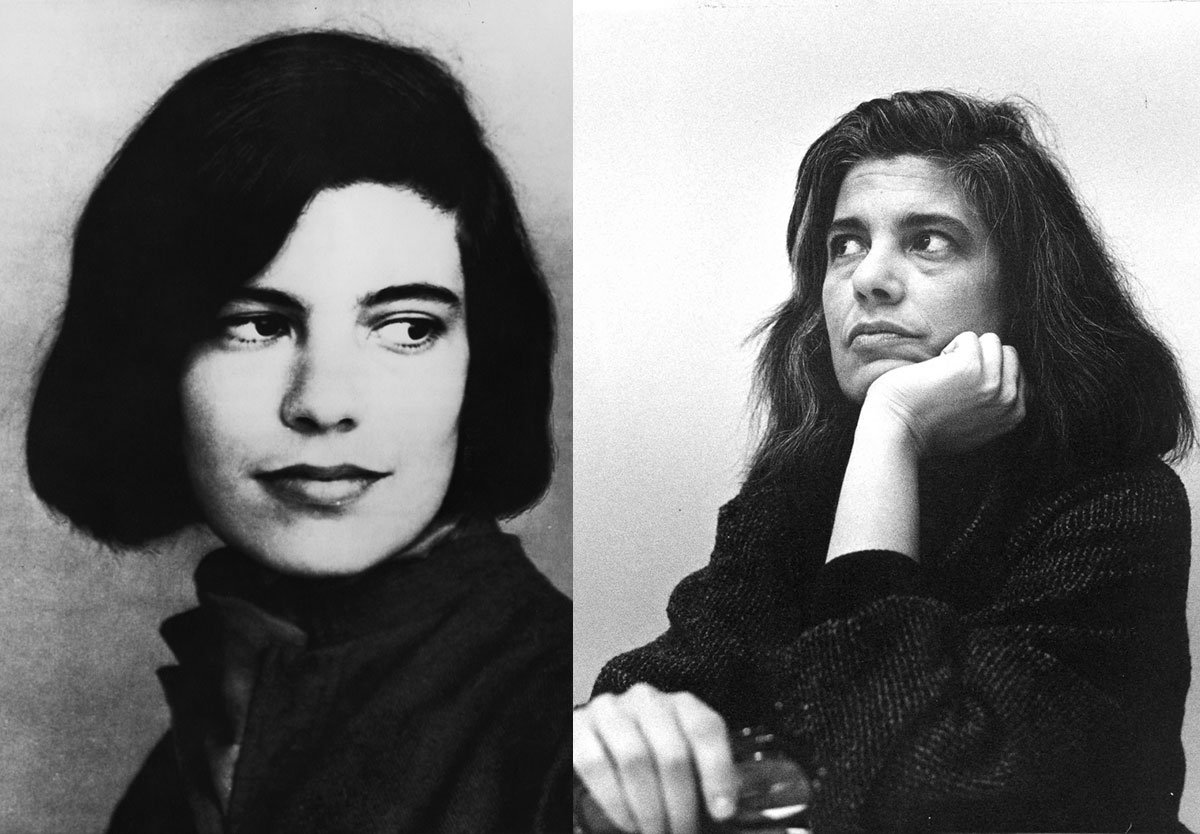
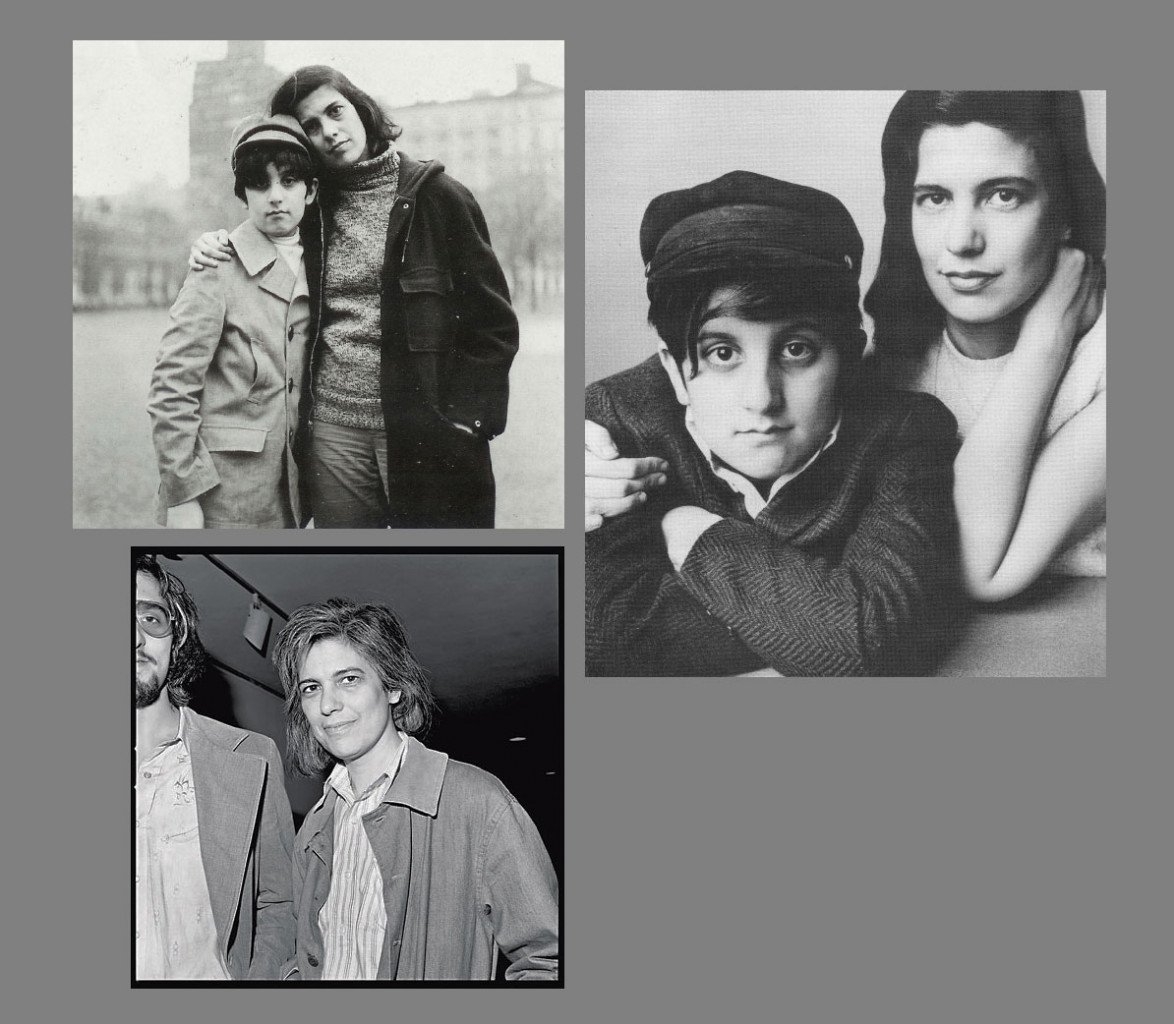
Κάτω δεξιά, σε μία φωτογραφία του 1976, με τον γιο της David Rieff, ο οποίος εξέδωσε τα ημερολόγιά της μετά τον θανατό της. Via Gina Vivinetto's Greatest Hits.
Η αριστερή φωτογραφία είναι του Irving Penn.

Η φωτογράφος Annie Leibovitz με την οποία συνδέθηκε η Susan Sontag την τελευταία δεκαετία της ζωής της. "When you get older, 45 plus, men stop fancying you. Or put it another way, the men I fancy don't fancy me. I want a young man. I love beauty. So what's new?" (συνέντευξη στη Guardian το 2000).
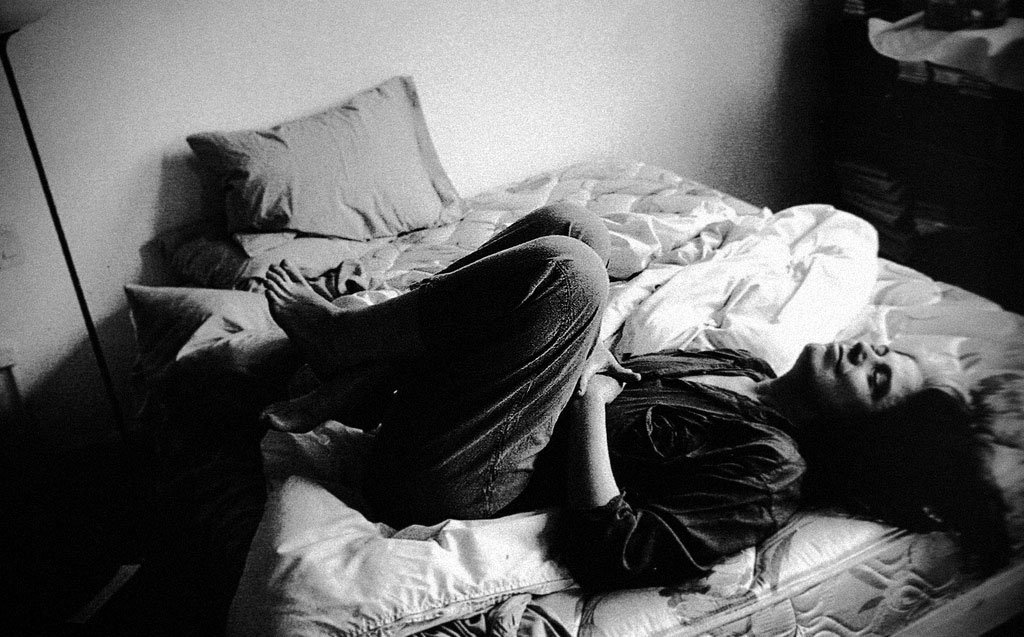
Φωτ. Annie Leibovitz. Βλ. Voodoo people, magic peOple.
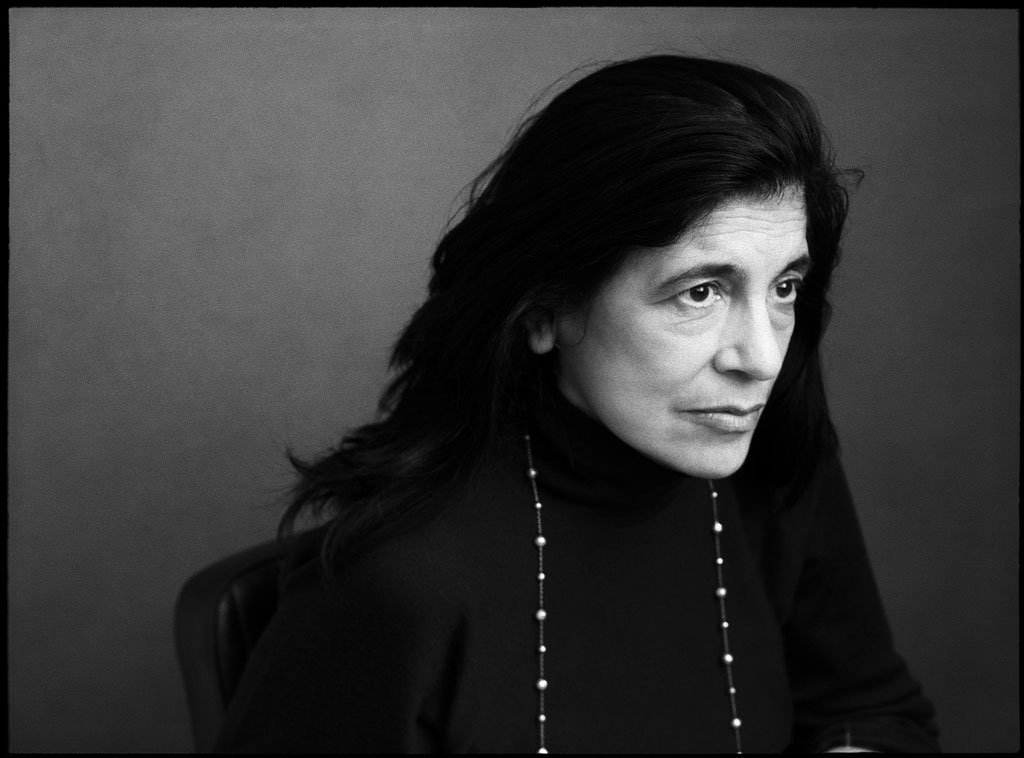
Φωτ. Annie Leibovitz. Βλ. Voodoo people, magic peOple.
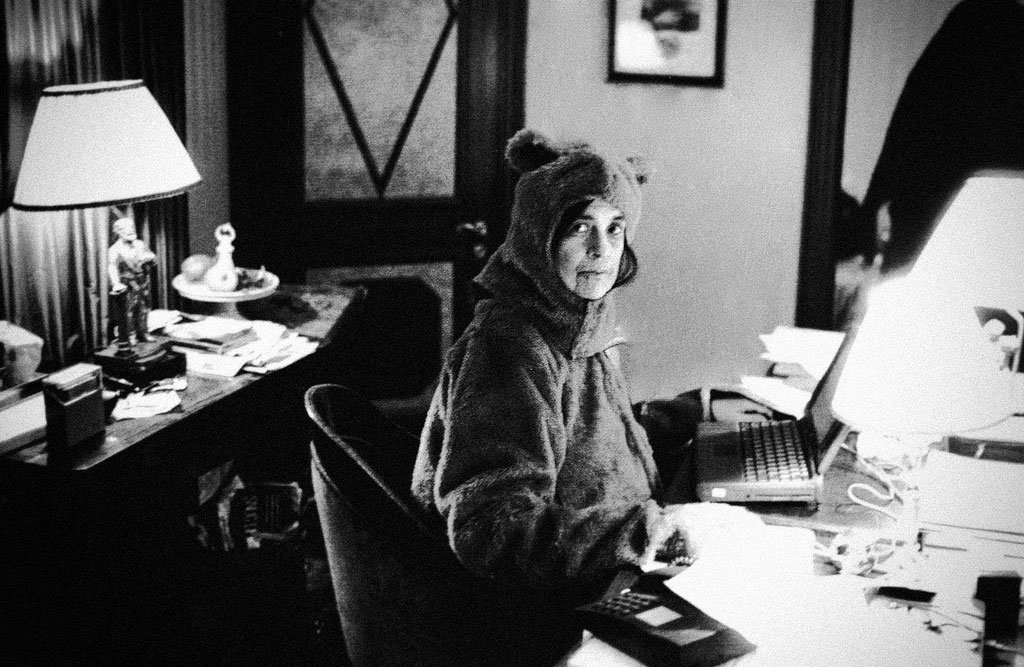
Φωτ. Annie Leibovitz. Βλ. Voodoo people, magic peOple.
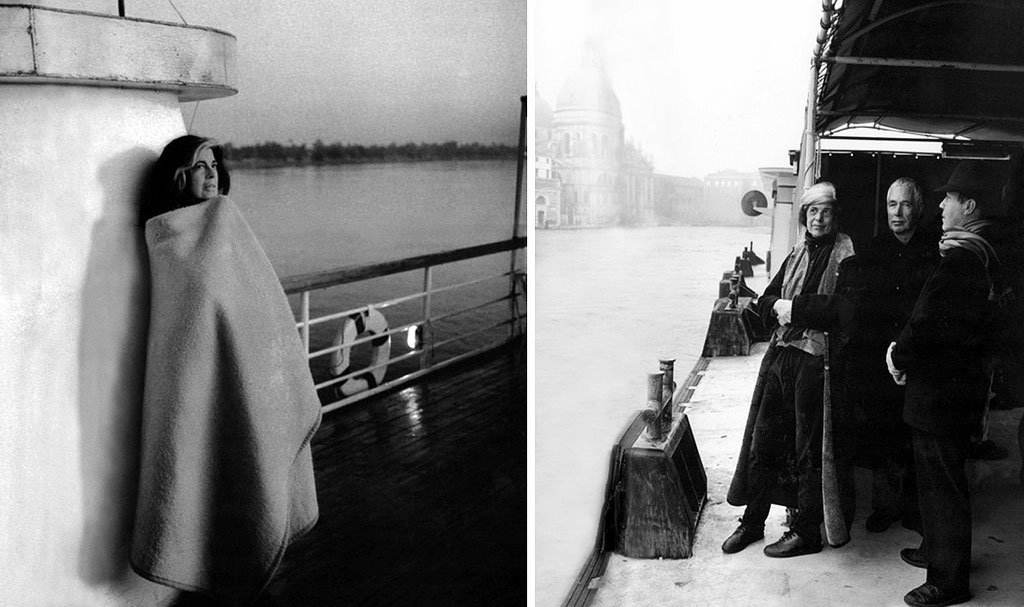
Φωτ. Annie Leibovitz. Βλ. Voodoo people, magic peOple.
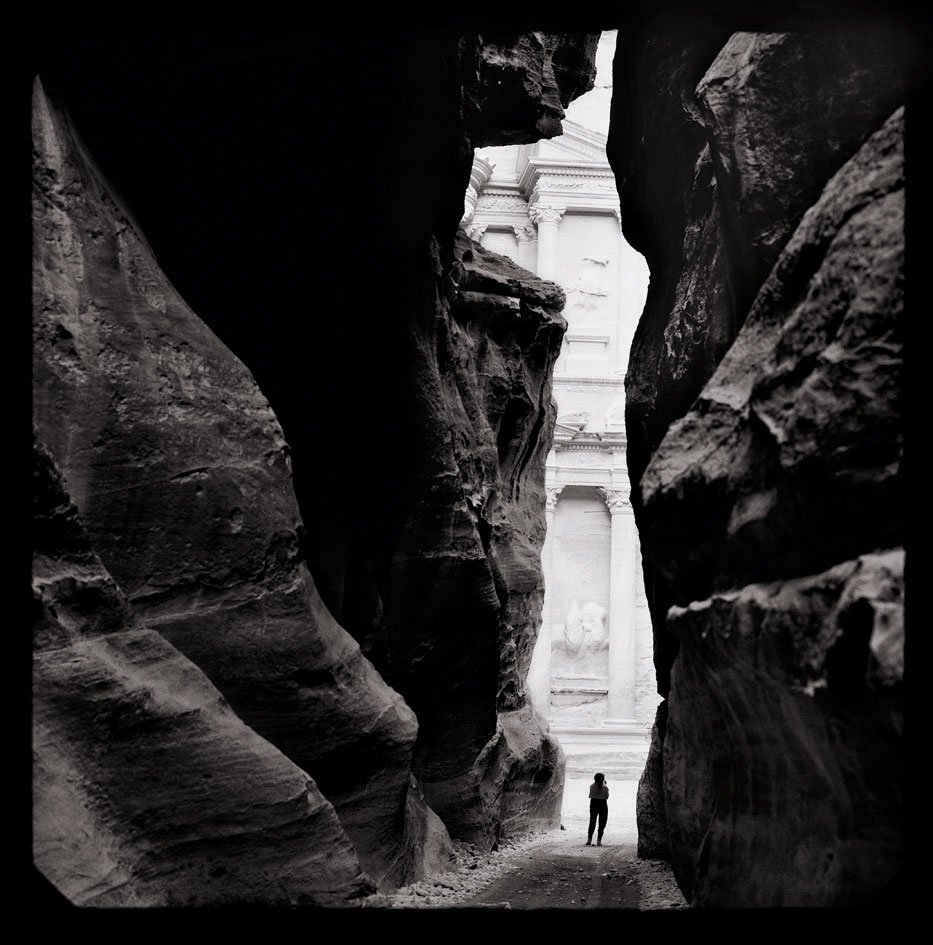
Φωτ. Annie Leibovitz. Βλ. Voodoo people, magic peOple.
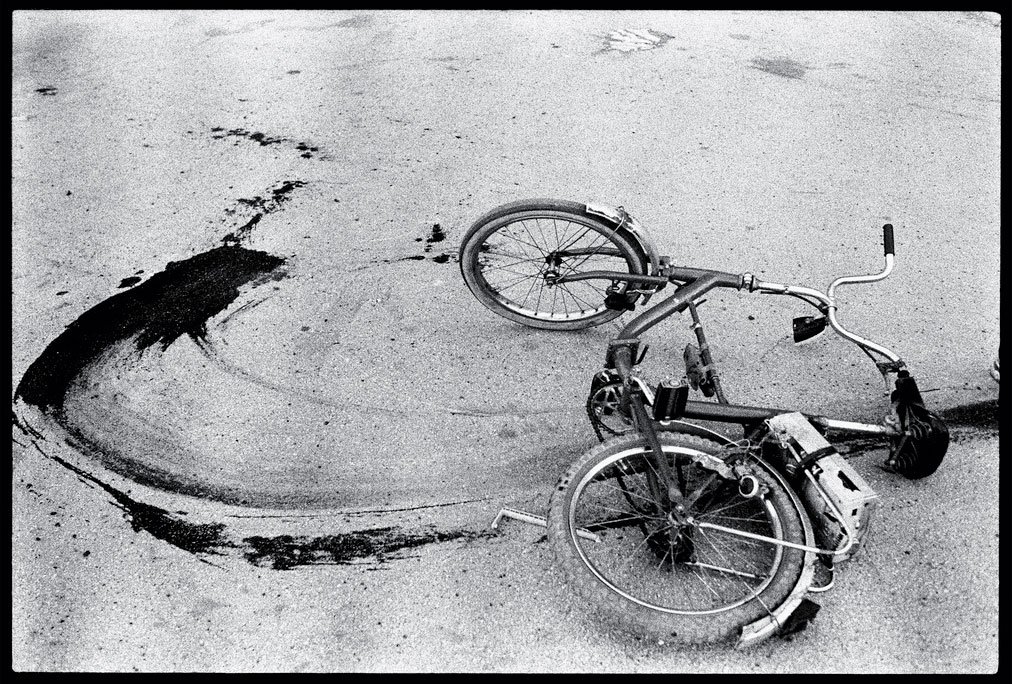
Το ματωμένο ποδήλατο ενός μικρού αγοριού που σκοτώθηκε από σνάιπερ. Μία φωτογραφία της Annie Leibovitz από ένα ταξίδι στο Sarajevo που είχε κάνει to 1993 μαζί με την Susan Sontag.
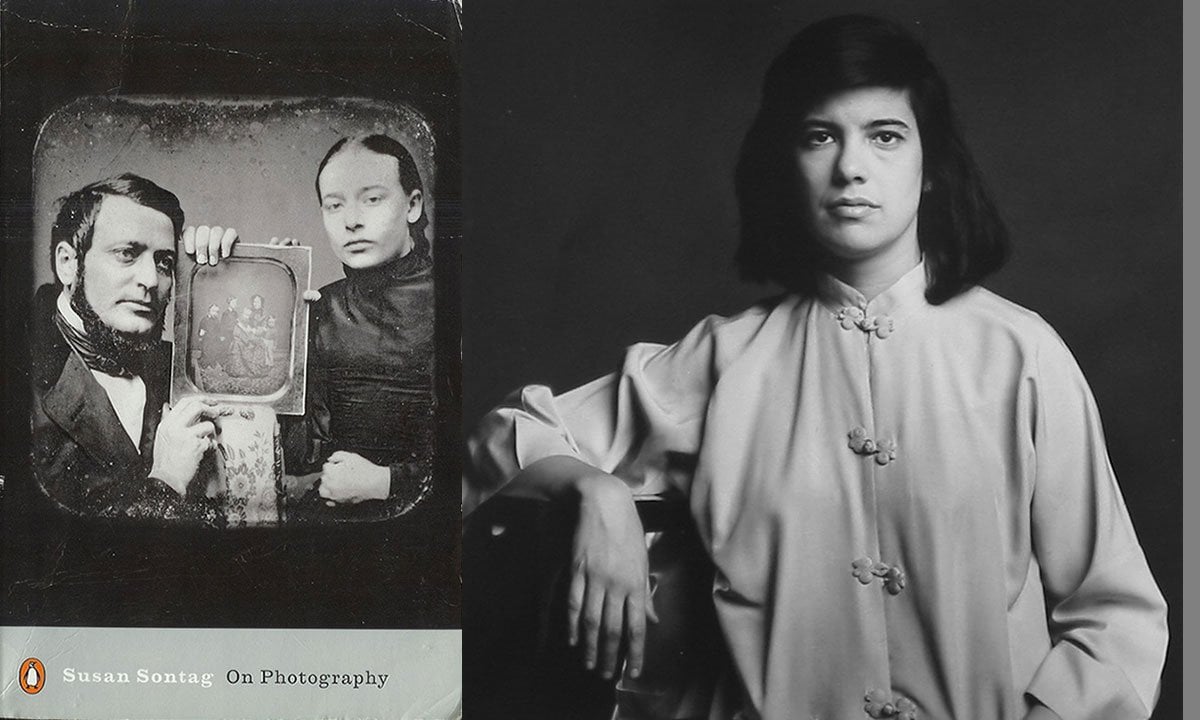
On Photography, το κλασικό δοκίμιο της Susan Sontag για τη φωτογραφία (και δευτερευόντως για τον κινηματογράφο). Θα δανειστούμε στη συνέχεια μία ιδέα του Darran Anderson από το ποστ του "Susan Sontag – 'On Photography' – The Photographs" για να παραθέσουμε μια σειρά από φωτογραφίες που αντιστοιχούν σε σχόλια της Susan Sontag.
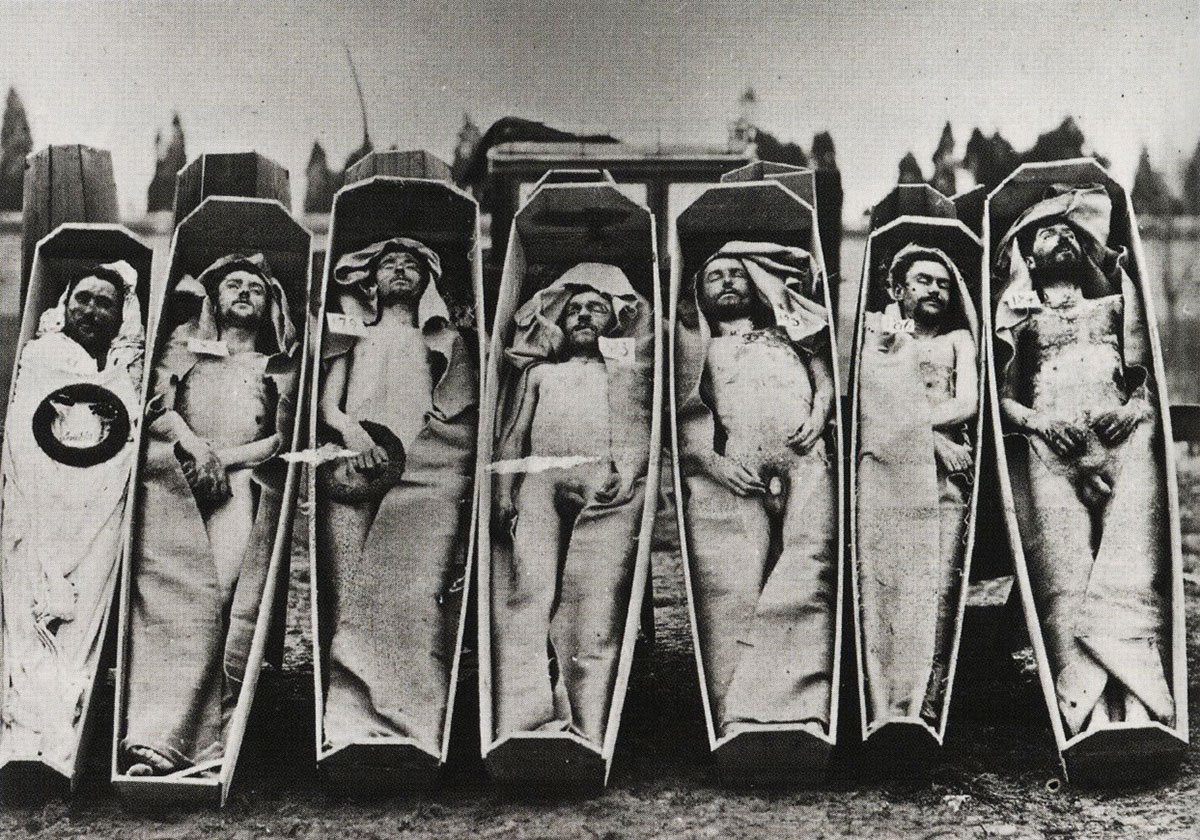
p5
'Chris Marker's film, Si j'avais quatre dromadaires (1966), a brilliantly orchestrated meditation on photographs...' 'Starting with their use by the Paris police in the murderous roundup of Communards in June 1871, photographs became a useful tool of modern states...'

p 11
'the pictures of a Vietnamese bonze reaching for the gasoline can, of a Bengali guerrilla in the act of bayoneting a trussed-up collaborator, comes from the awareness of how plausible it has become, in situations where the photographer has the choice between a photograph and a life, to choose the photograph.' Φωτ. Malcolm Browne.
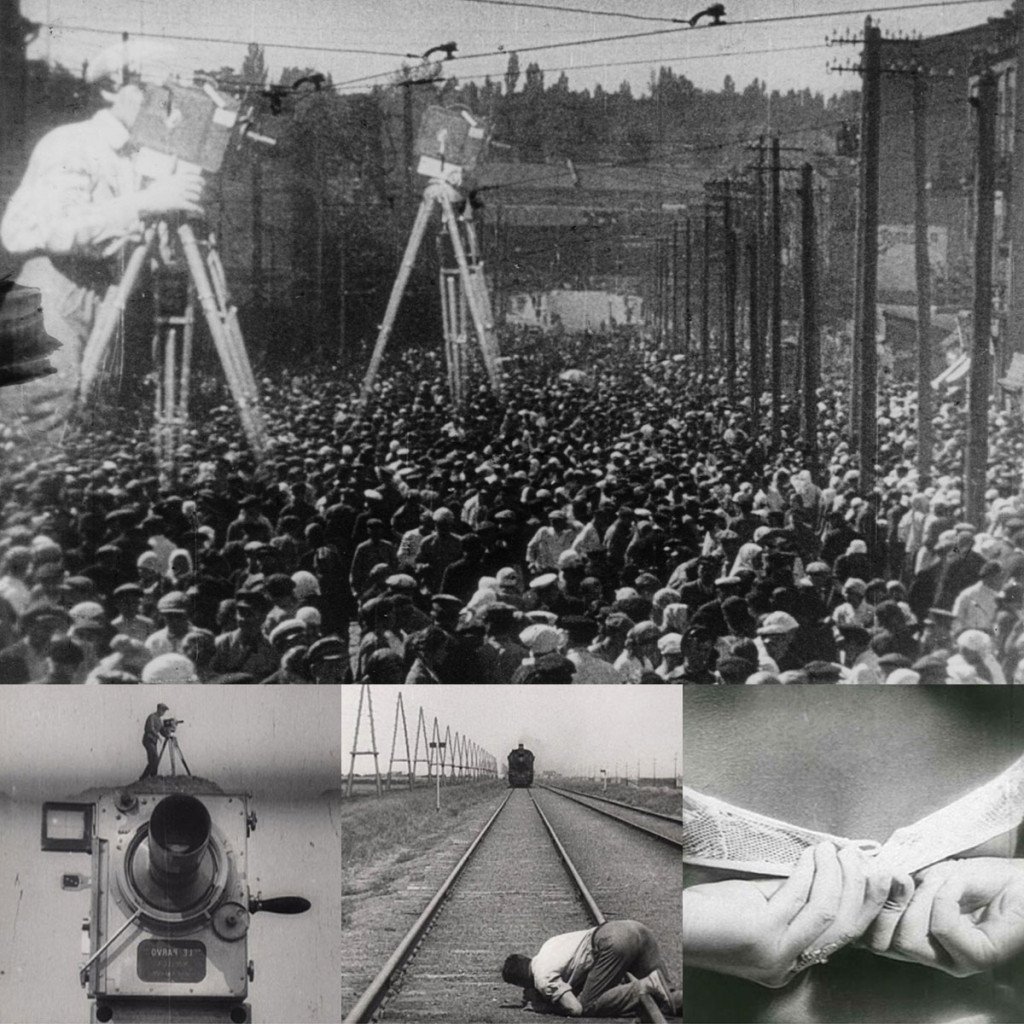
p 12
'Dziga Vertov's great film, Man with a Movie Camera (1929), gives the ideal image of the photographer as someone in perpetual movement...'
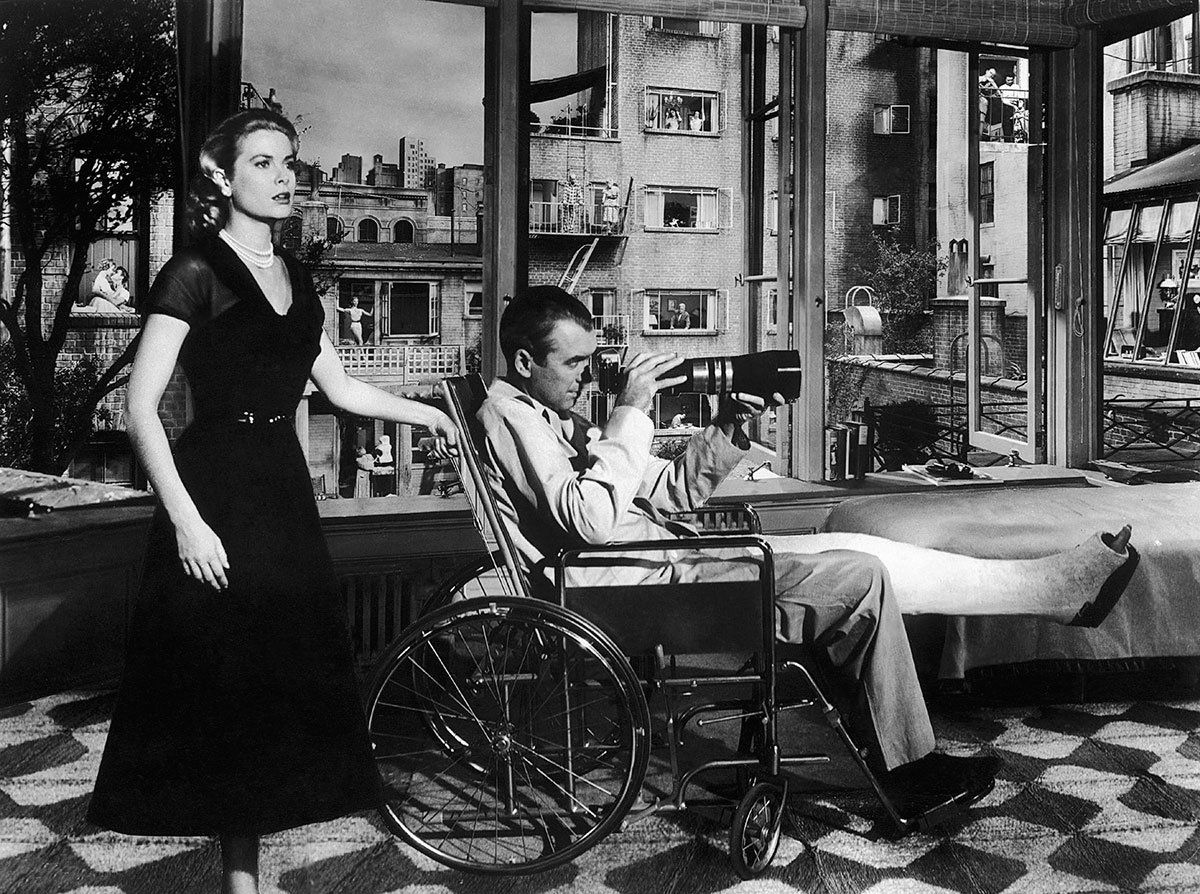
'Hitchcock's Rear Window (1954) gives the complementary image: the photographer plyed by James Stewart has an intensified relation to one event, through his camera, precisely because he has a broken leg and is confined to a wheelchair...'
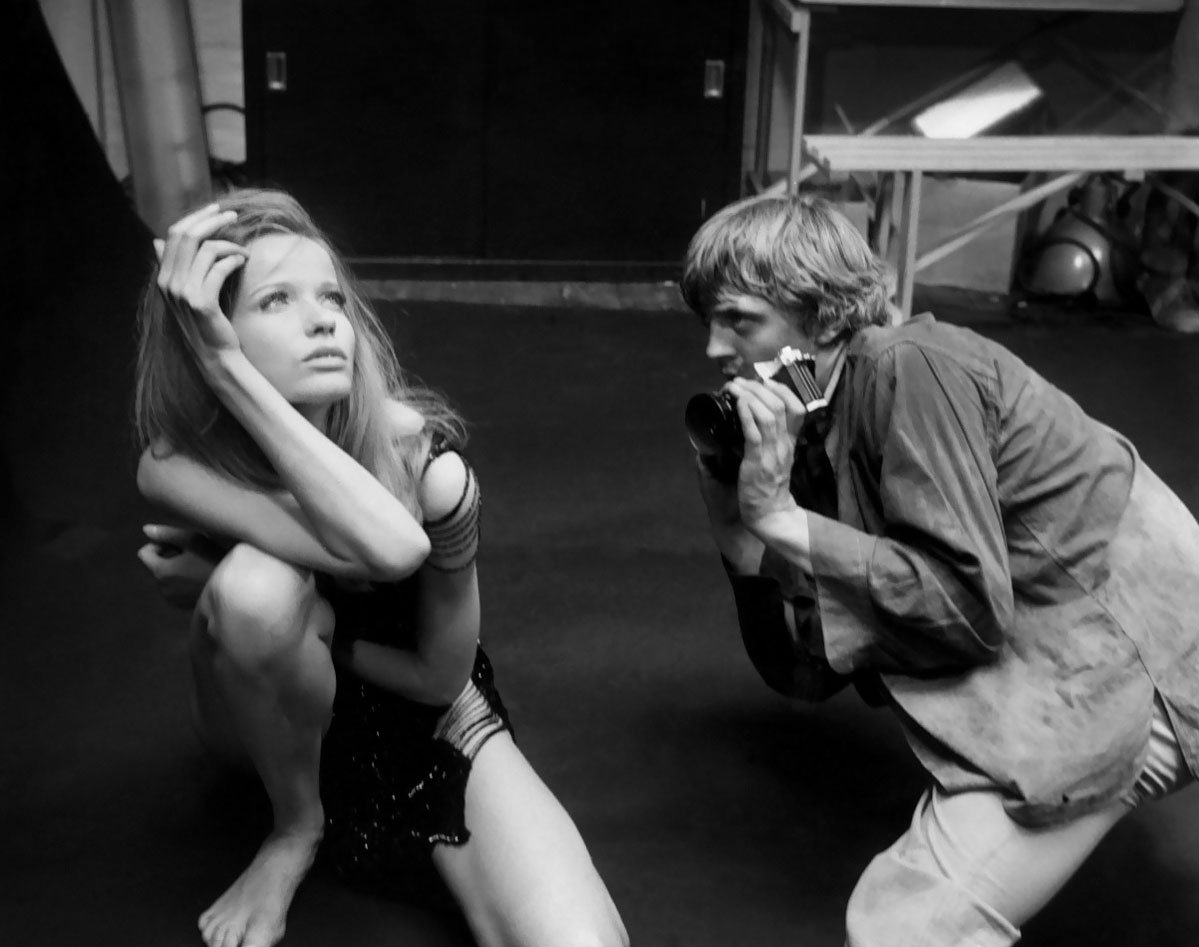
p 13
'In Blowup (1966), Antonioni has the fashion photographer hovering convulsively over Verushka's body with his camera clicking.'

'Michael Powell's extraordinary movie Peeping Tom (1960)... about a psychopath who kills women with a weapon concealed in his camera, while photographing them.'
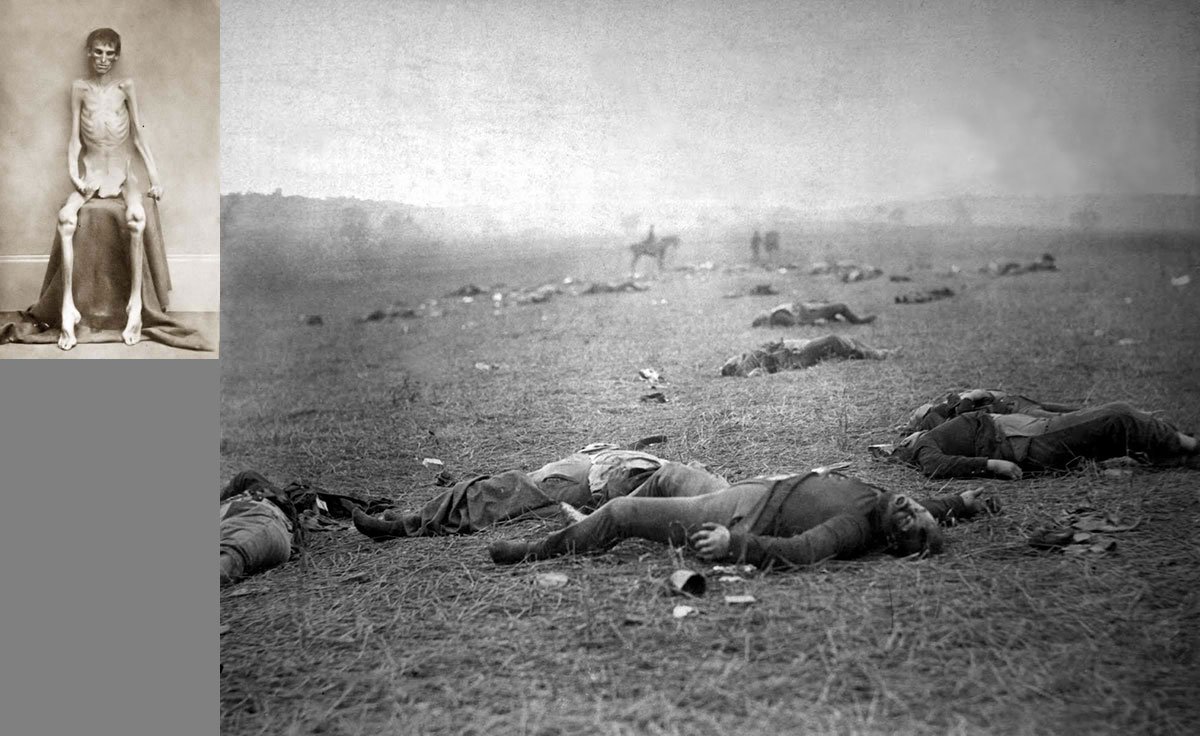
p 17
'The photographs Mathew Brady and his colleagues took of the horrors of the battlefields did not make people any less keen to go on with the Civil War. The photographs of ill-clad, skeletal prisoners held at Andersonville inflamed Northern public opinion – against the South."
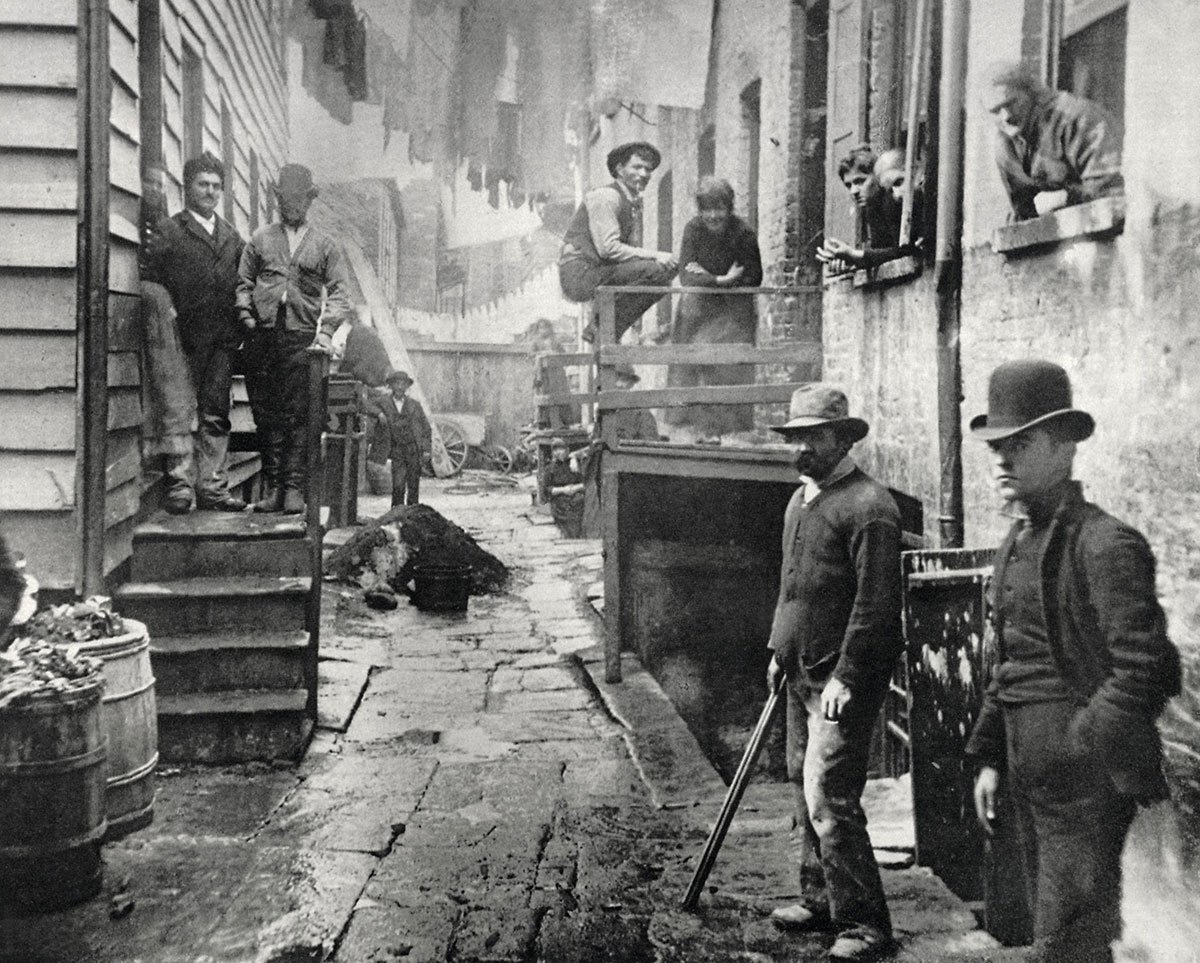
p 23
Jacob Riis's images of New York squalor in the 1880s'.
p 103
'Jacob Riis's crude flashlit photographs... seem beautiful because of the force of their subject, grimy shapeless New York slum-dwellers...'
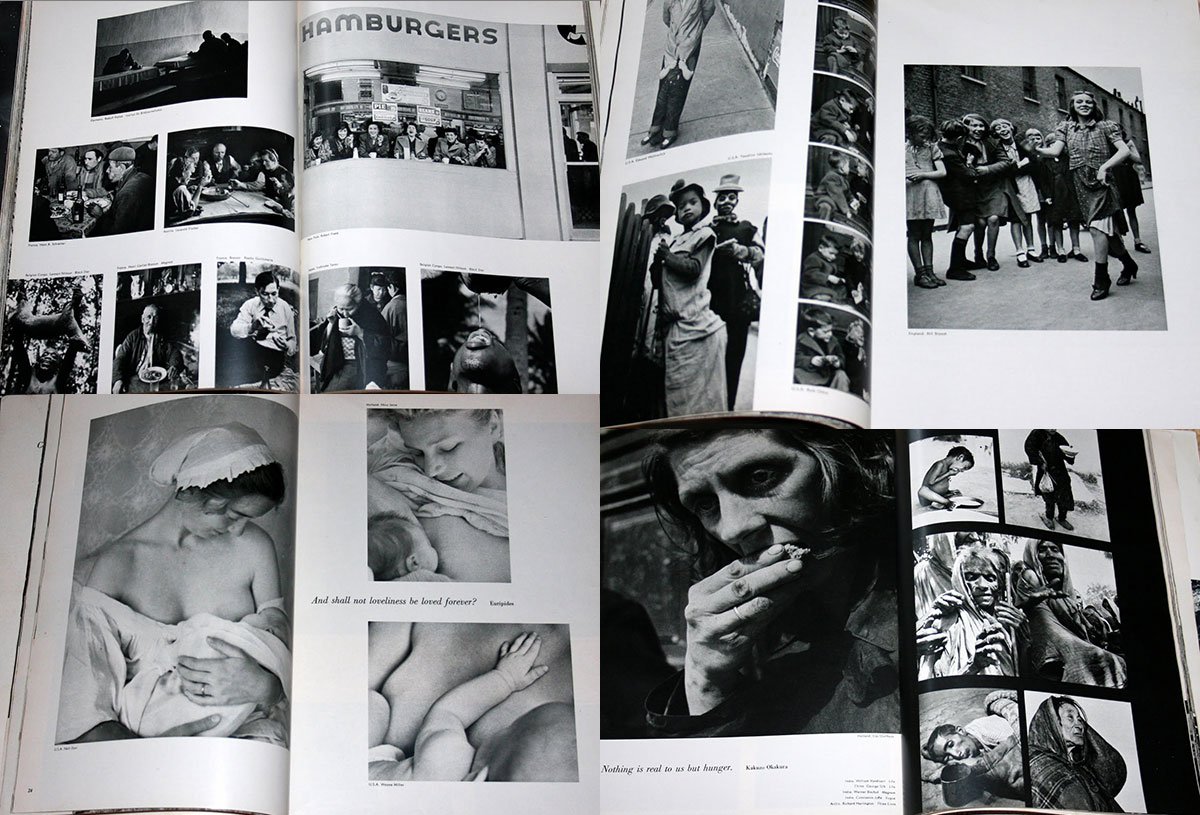
p 31
'The last sigh of the Whitmanesque erotic embrace of the nation, but universalized and stripped of all demands, was heard in the 'Family of Man' exhibit'. Η έκθεση αυτή αποτέλεσε το αποκορύφωμα της καριέρας του φωτογράφου Edward Steichen, σύμφωνα με τα δικά του λόγια.
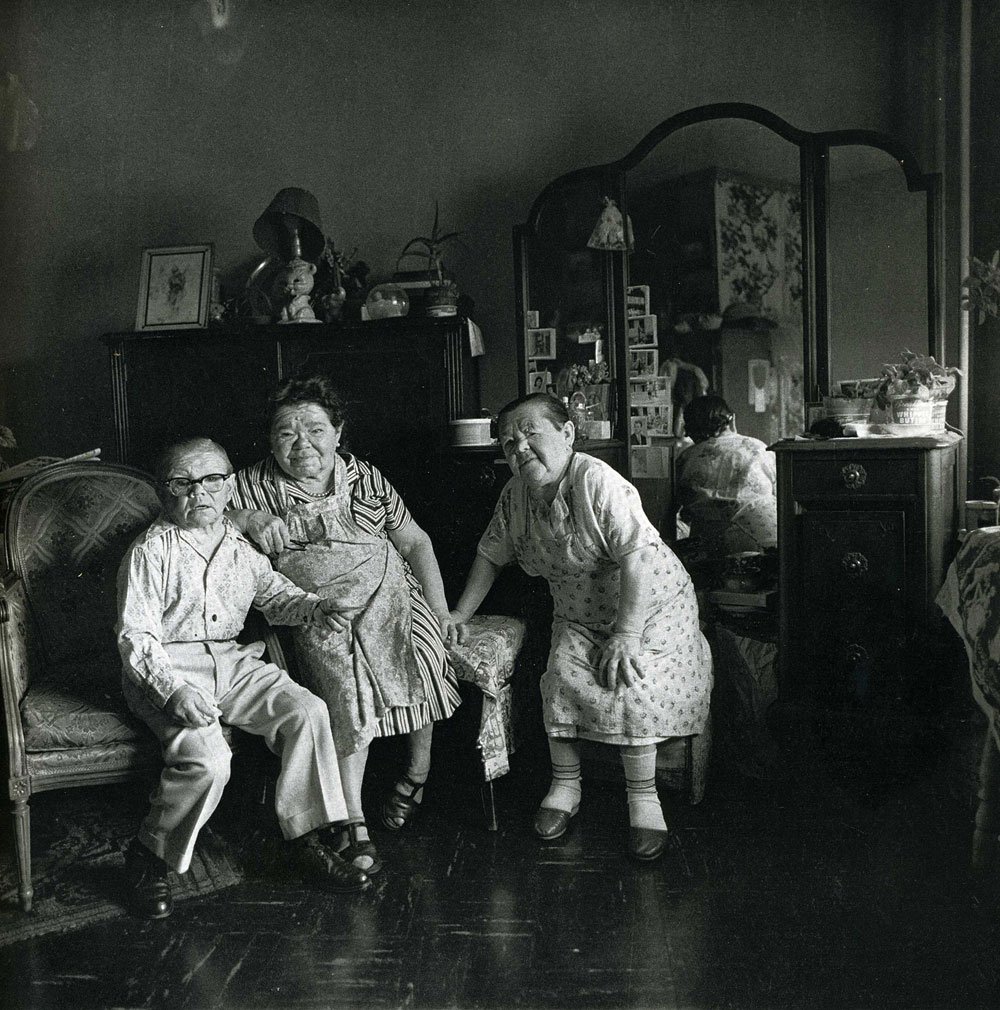
p 32
'Arbus's work does not invite viewers to identify with the pariahs and miserable-looking people she photographed. Humanity is not "one".' ...'the Russian midgets in a living room on 100th Street'.
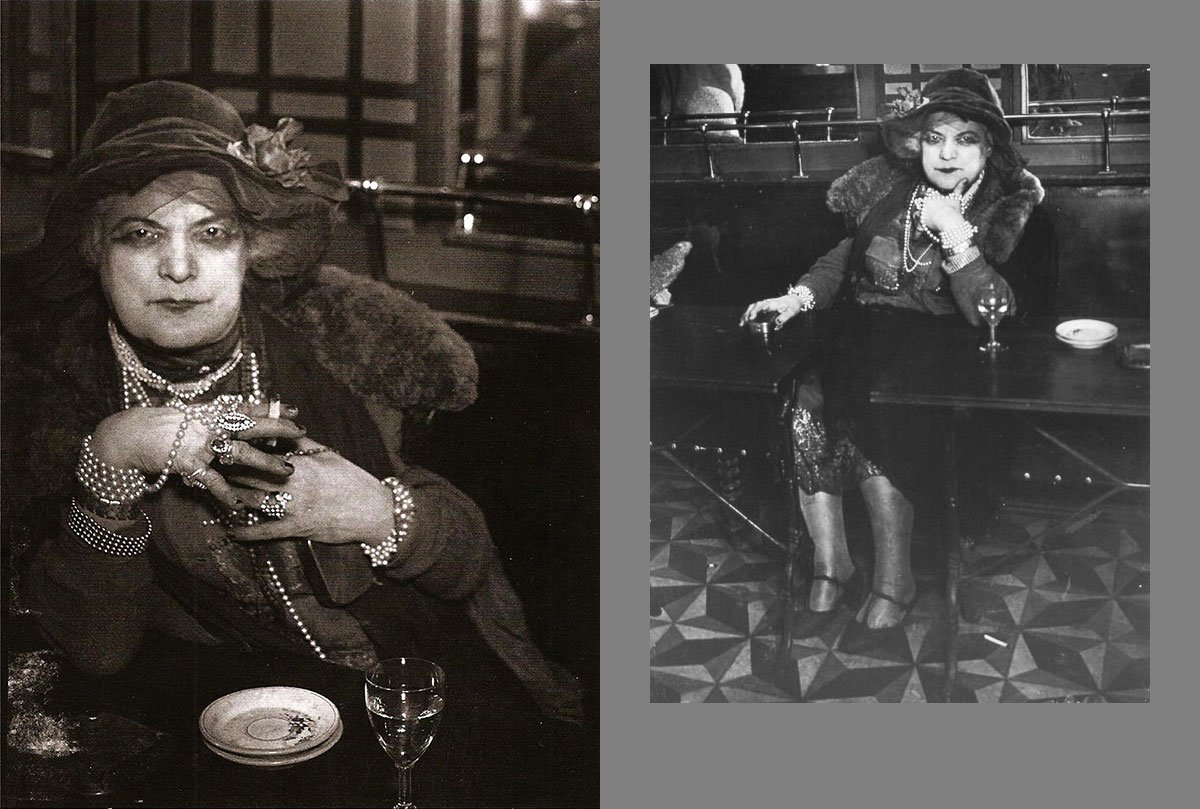
'Brassaï, who photographed people like those who interested Arbus – see his La Môme Bijou'.
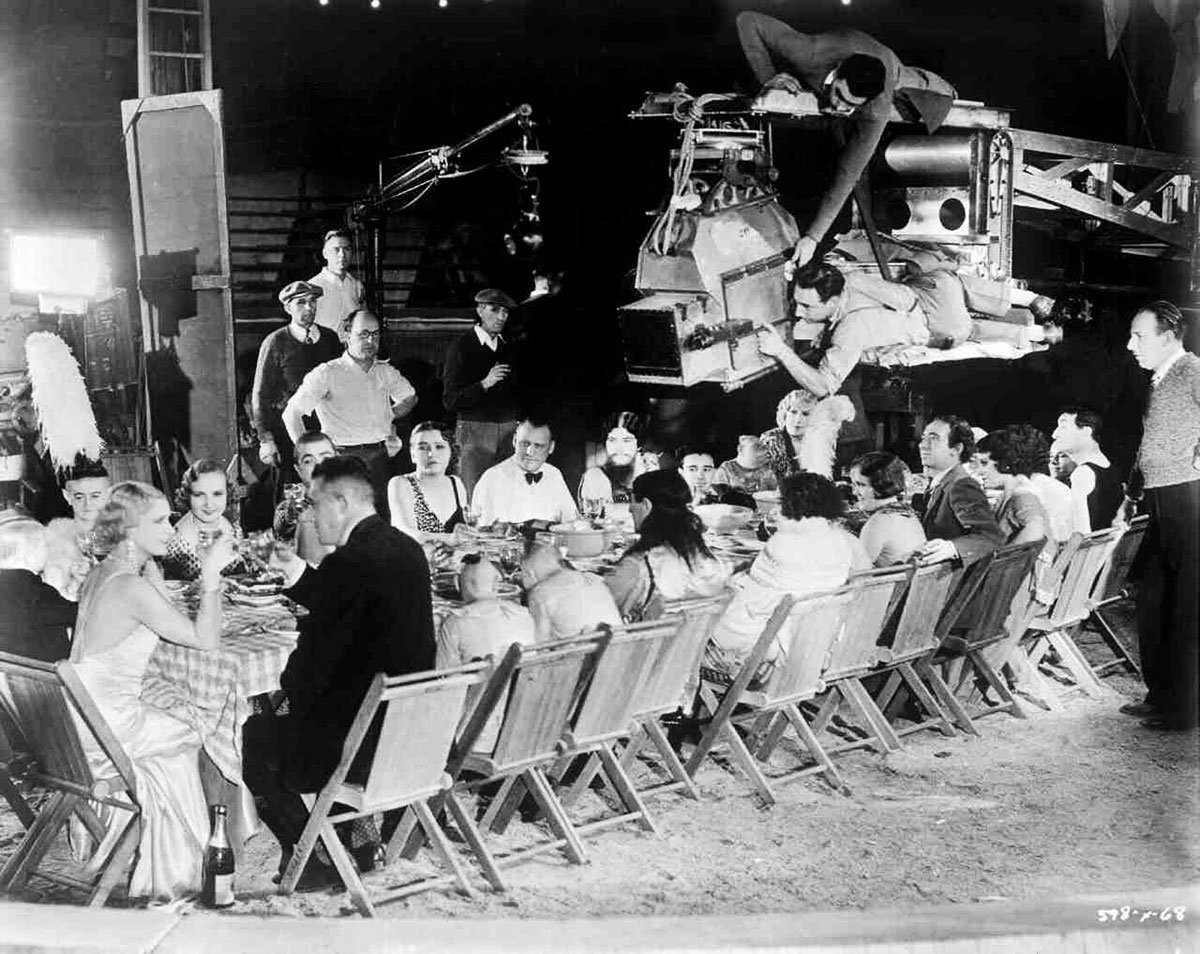
p 38
'Perhaps the scariest scene in Tod Browning's film Freaks (1932) is the wedding banquet...'
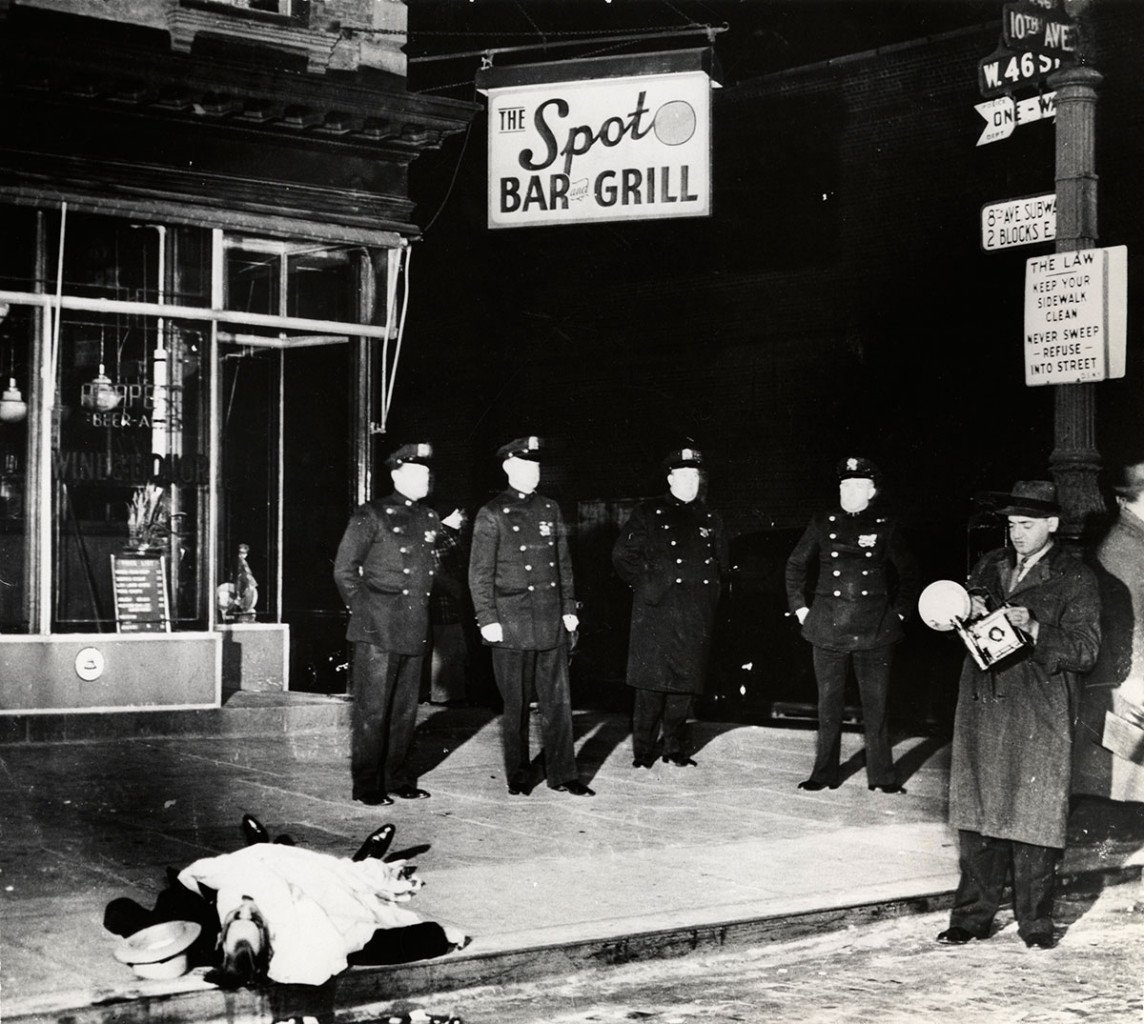
p 46
'Weegee's photographs are indeed upsetting'
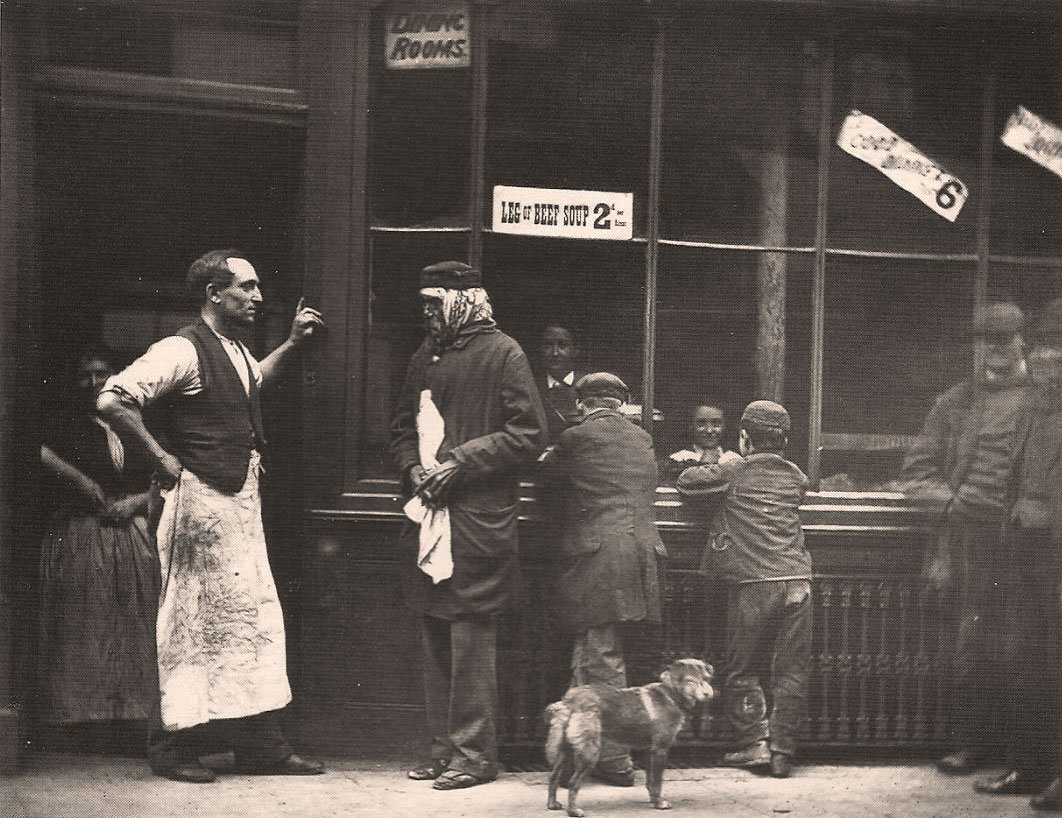
p 57
'the earliest model of the sustained look downward are the thirty-six photographs in Street Life in London (1877-78) taken by the British traveler and photographer John Thomson.'
'Before turning to the poor of his own country, he had already been to see the heathen, a sojourn which resulted in his four-volume Illustrations of China and Its People (1873-74).
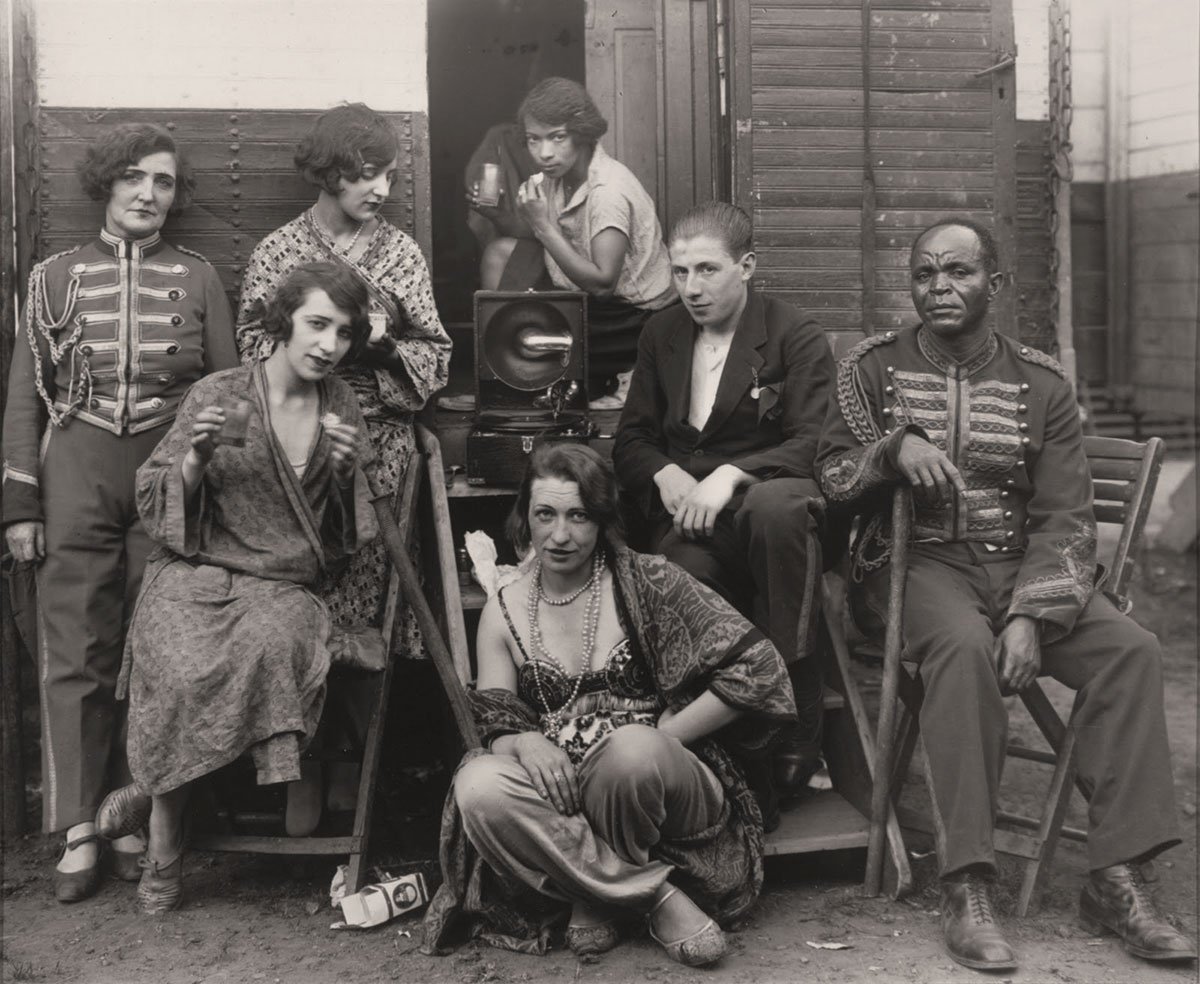
p 59
'an example of photography-as-science is the project August Sander began in 1911...'
'Georg Grosz's drawings... summed up the spirit and variety of types in Weimar Germany through caricature'.
'Compare his [Sander's] 1930 photograph "Circus People"...
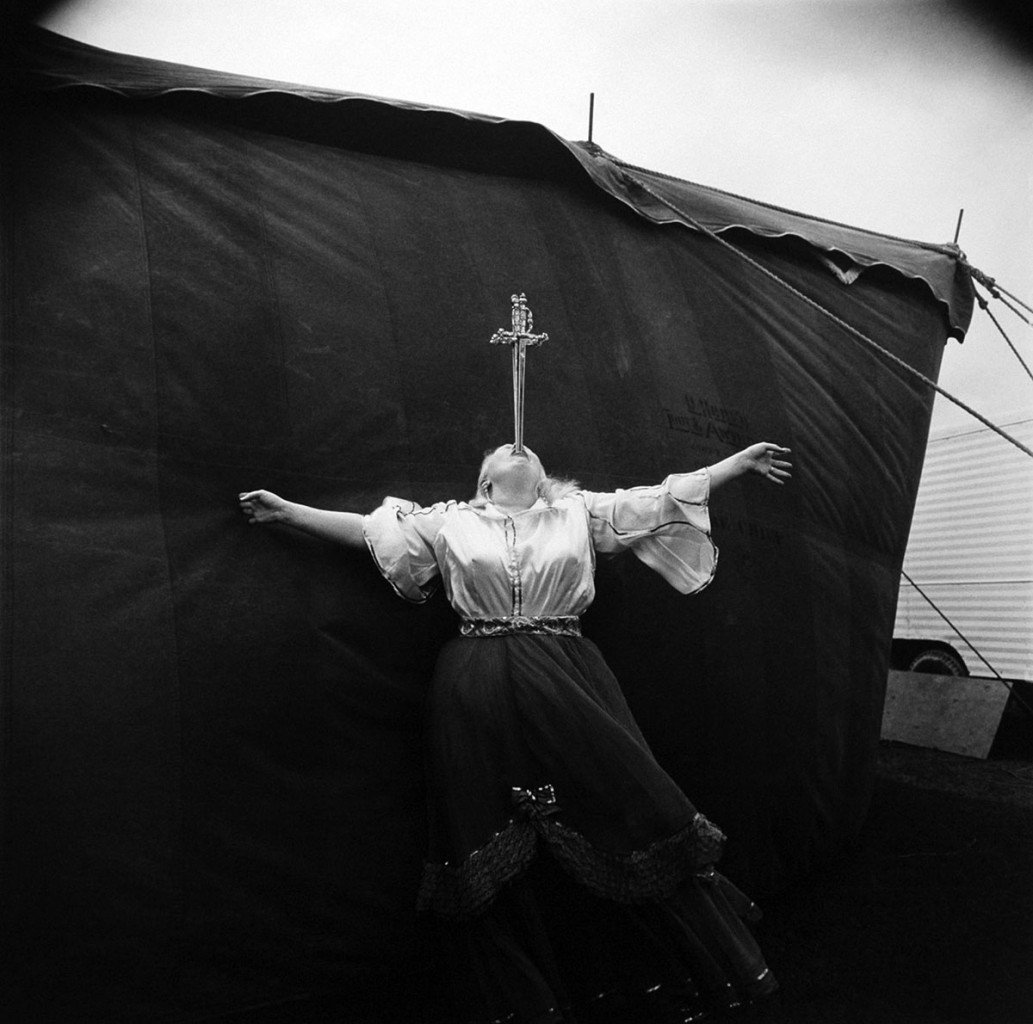
... 'Arbus's studies of circus people' ...
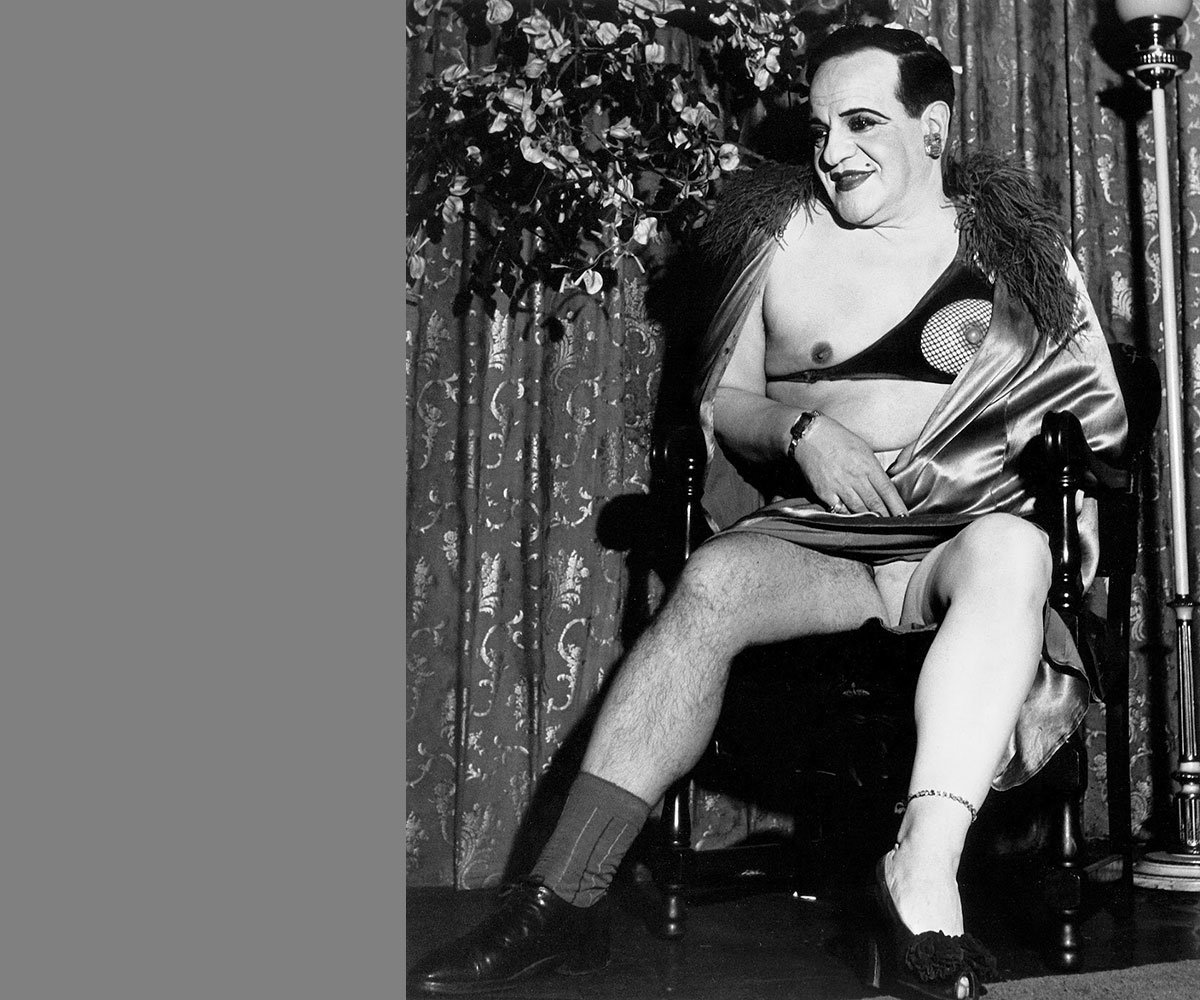
... 'the portraits of demimonde characters by Lisette Model'.

p 70
'Some working-class Berliners in Robert Siodmak's film Menschen am Sonntag (1929) are having their pictures taken at the end of a Sunday outing.'
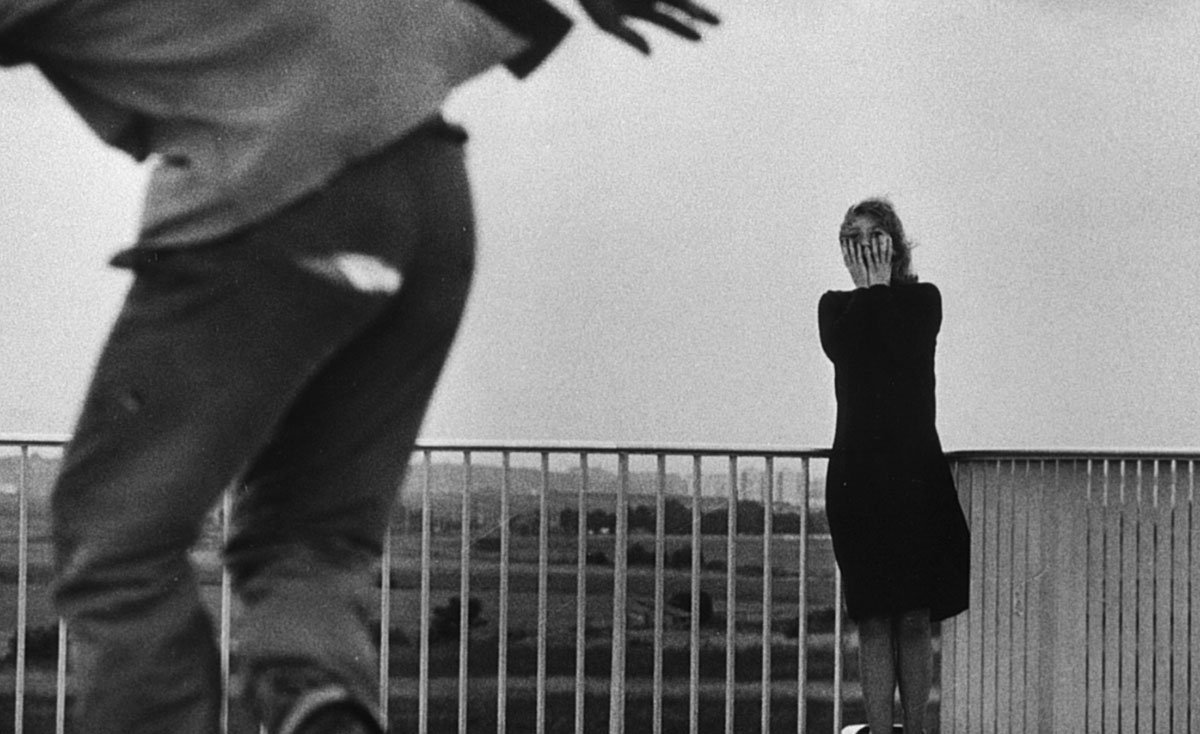
p 70
'And one of the most disquieting films ever made, Chris Marker's La jetée (1963), is the tale of a man who forsees his own death, narrated entirely with still photographs.'
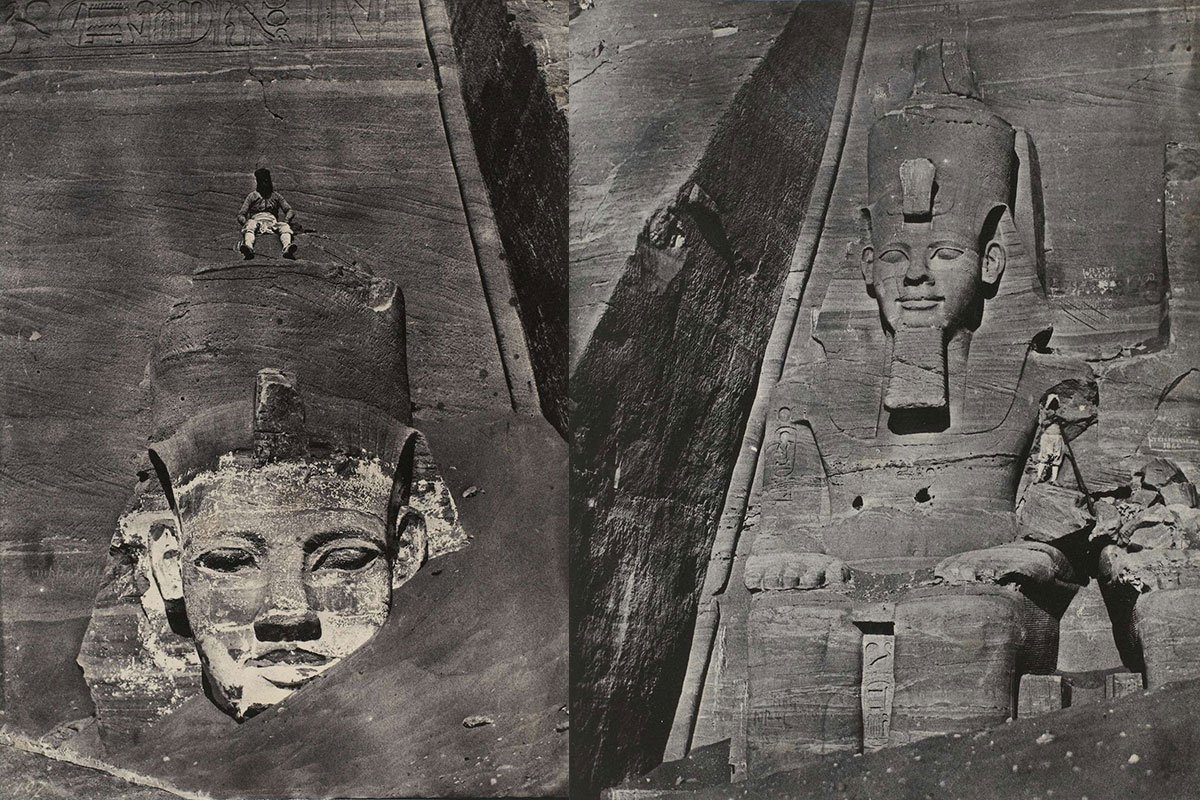
p 89
'Maxime Du Camp... centred his picture-taking activity on attractions like the Colossus of Abu Simbel and the Temple of Baalbek, not the daily life of fellahin.'
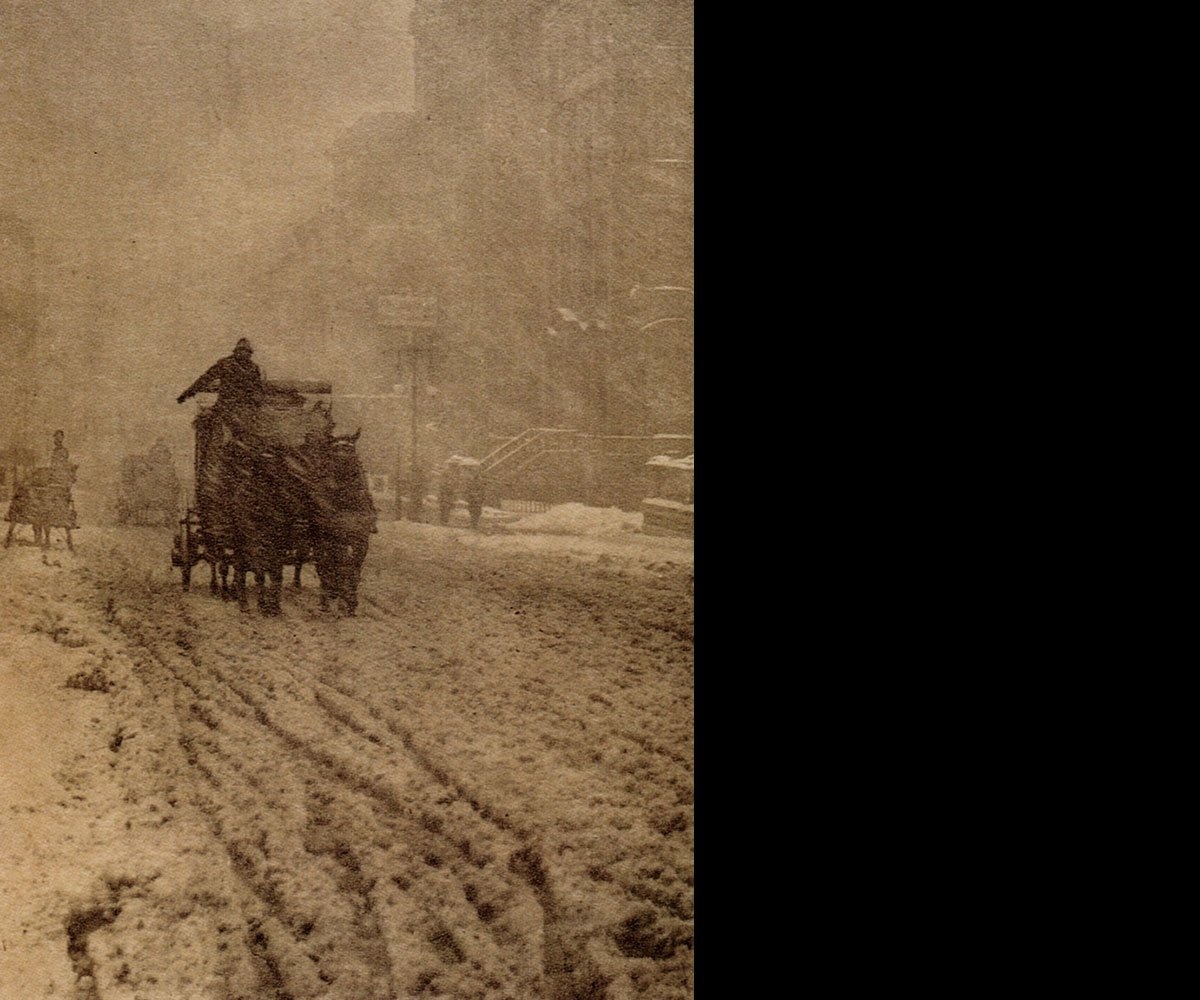
p 90
'Alfred Stieglitz proudly reports that he had stood three hours during a blizzard... "awaiting the proper moment" to take his celebrated picture, "Fifth Avenue, Winter."

p 93
'What looks like a bare coronet – the famous photograph taken by Harold Edgerton in 1936 – becomes far more interesting when we find out it is a splash of milk.'
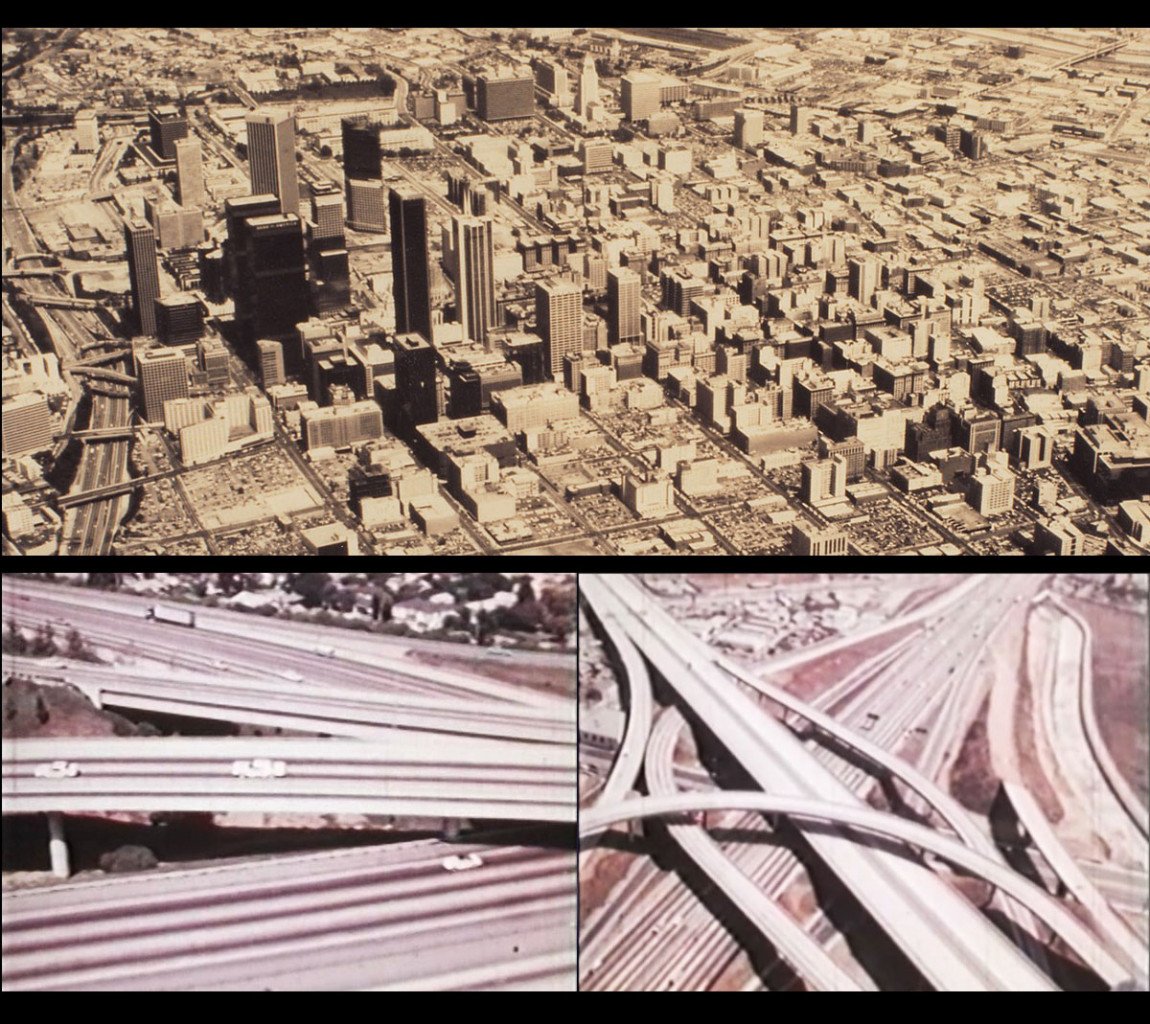
p 69
'Reyner Banham lauds Los Angeles's "instant architecture and instant townscape" for its gift of freedom, of a good life impossible amid the beauties and squalors of the European city.'
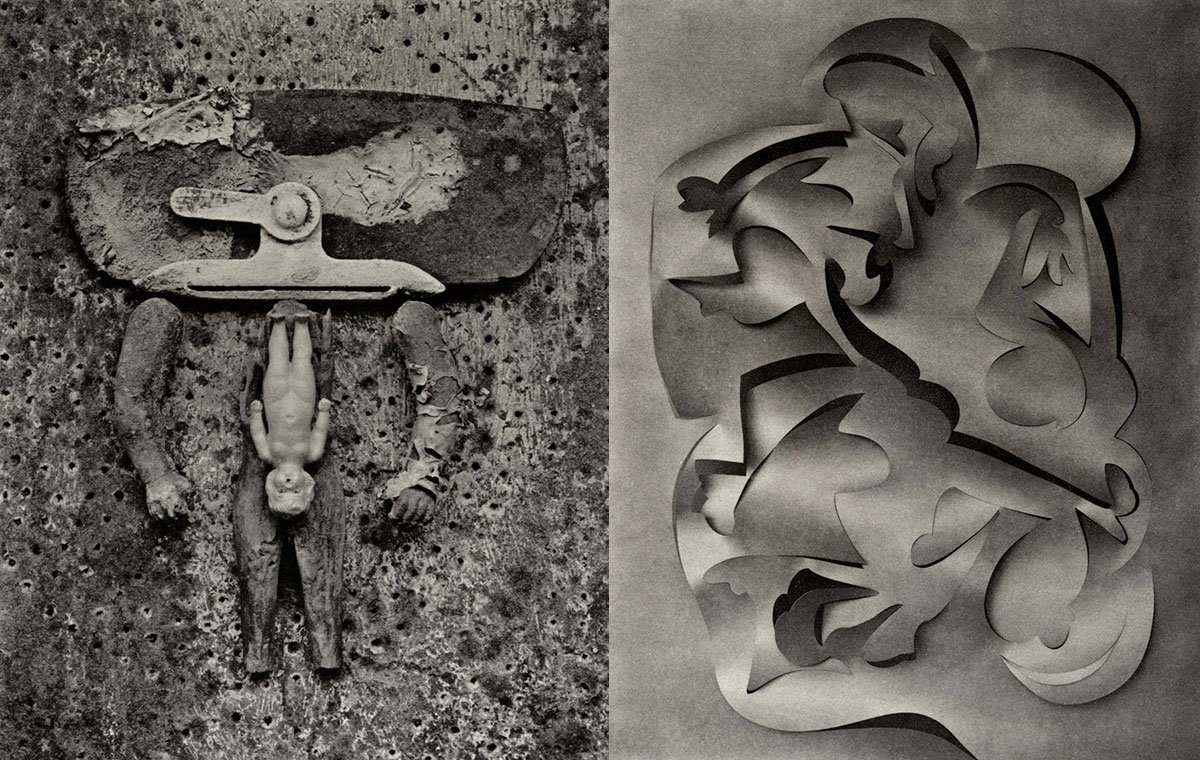
p 142
'the poetic constructions of Frederick Sommer...'

p 109
'the small Jewish boy photographed in 1943 during a round-up in the Warsaw Ghetto, his arms raised, solemn with teror...'
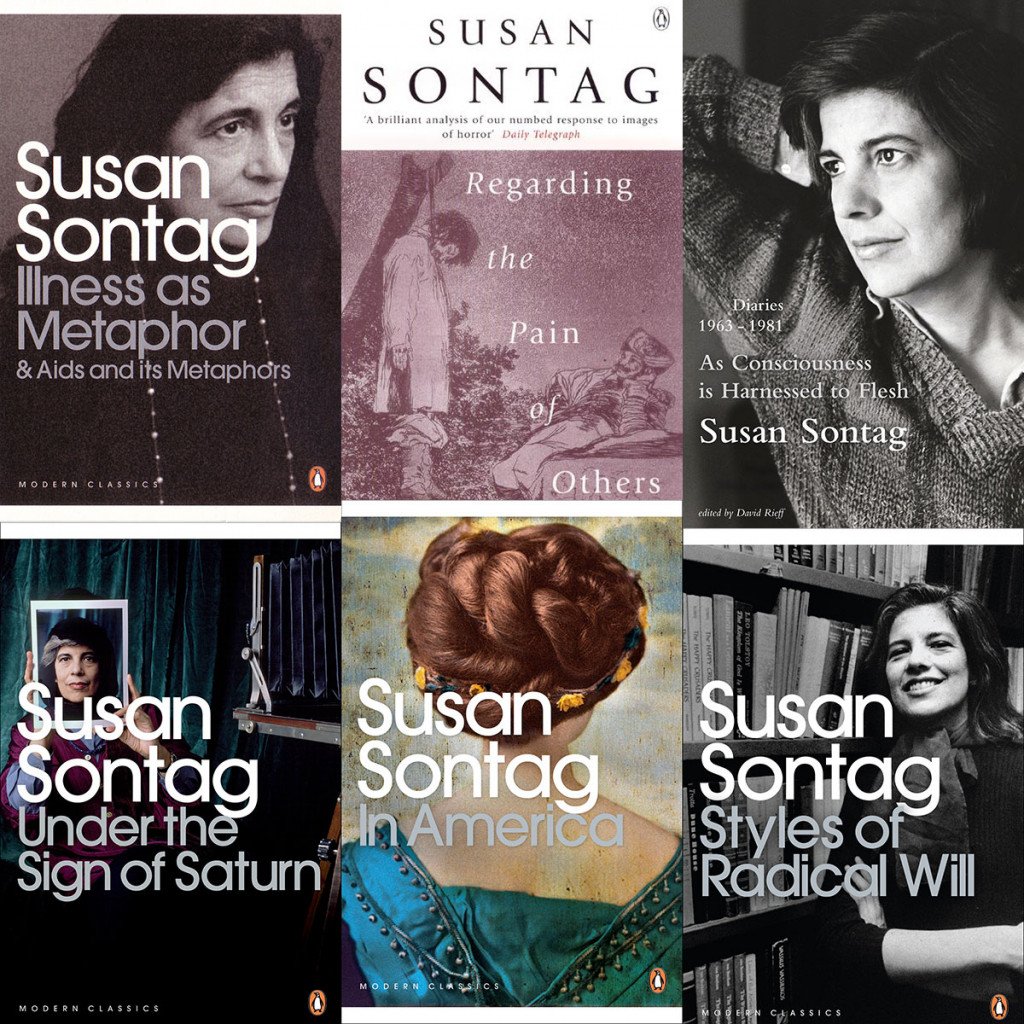
Η Susan Sontag επισκέπτεται τον αρχιτέκτονα Philip Johnson (BBC).




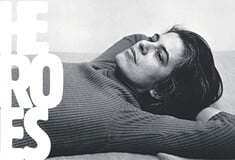





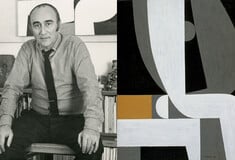










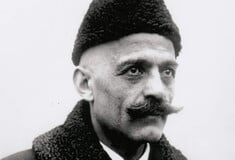
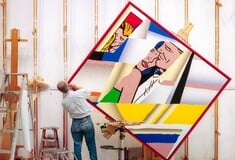
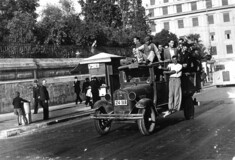

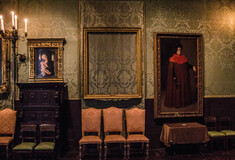
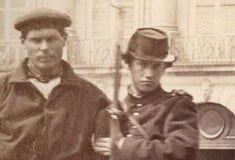
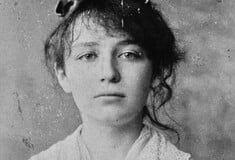

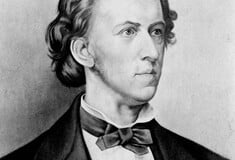
σχόλια